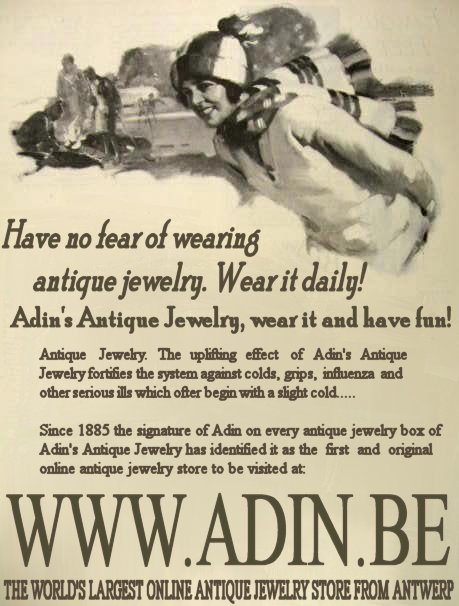We offer layaway, spread payments on the piece of your dreams. Ask us for details. Free insured shipping on all orders !!!
Weekly Antique Jewelry Herald (archive 2012)
Best seasonal wishes from
The Adin Herald
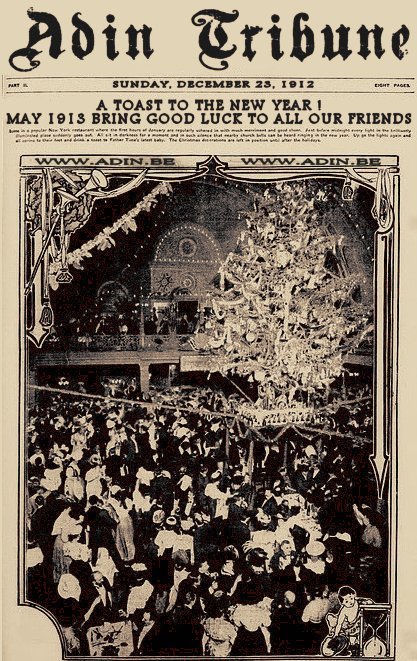 |
The entire Adin team would like to thank you
for having the good taste to call upon our expertise.
Weather forecast:
Still chances on a sparkling white Xmas this year!
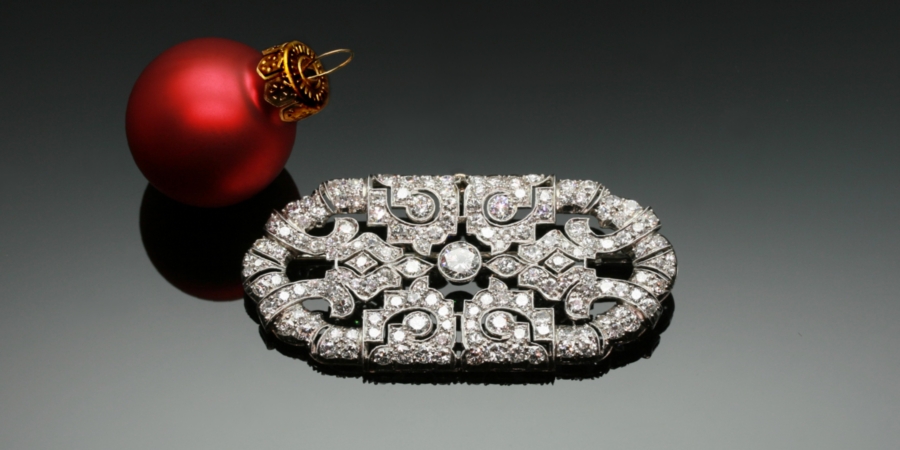 |
All orders till December 21st
will be delivered in time for Christmas !!!
"Oh darling, you don't have to buy me a big present for Christmas!"
(there are small precious things at Adin too)
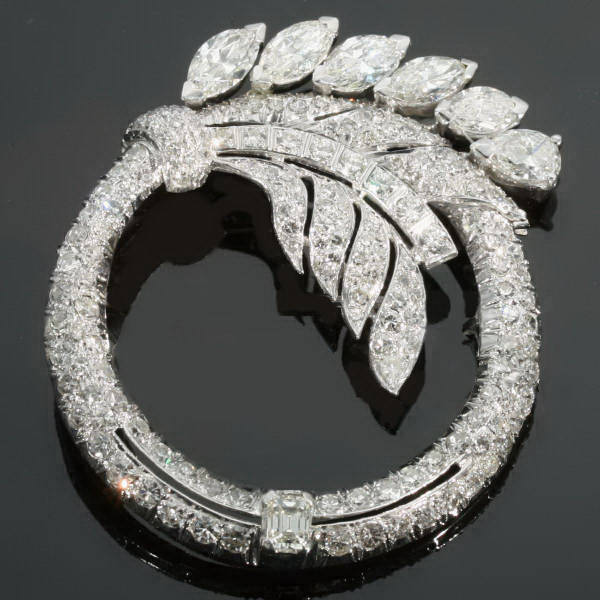 |
Antique jewelry object group:
brooch
Condition:
excellent condition
Country of origin:
Belgium
Style:
Art Deco
Material:
platinum
Total diamond weight:
approx. 7.50 crt.
Dimensions:
3.72 cm (1.46 inch) x 4.31 cm (1.70 inch)
Weight:
13.70 gram (8.81 dwt)
Reference Nº:
11132-0013
Antique jewelry
in various themes and techniques
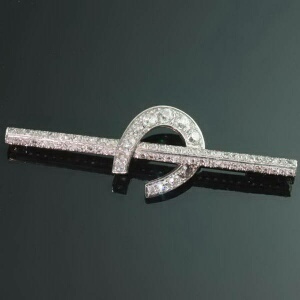 Luck |
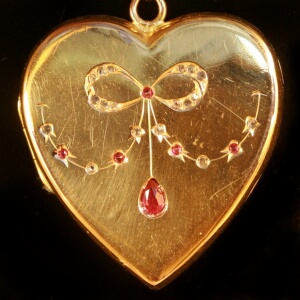 Love |
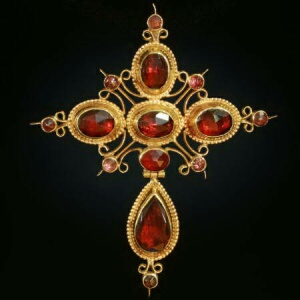 Religion |
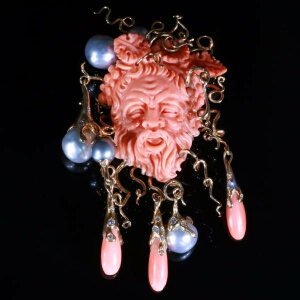 Mythology |
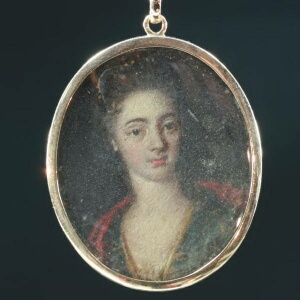 Human |
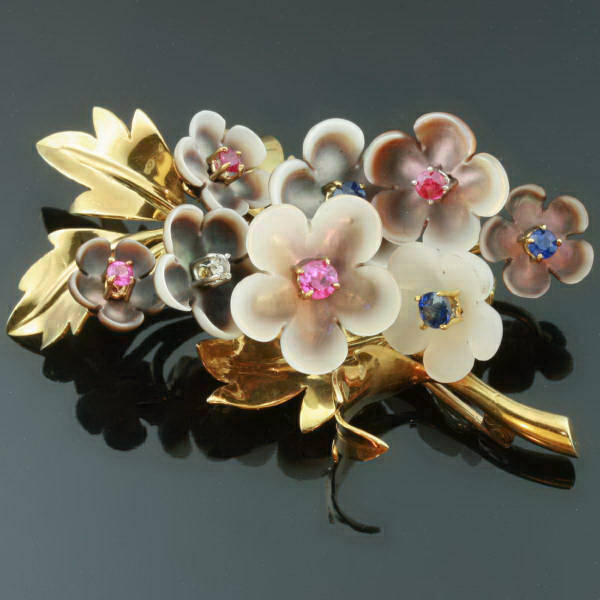 Flora |
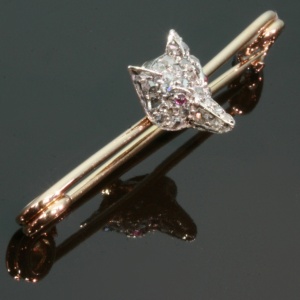 Animals |
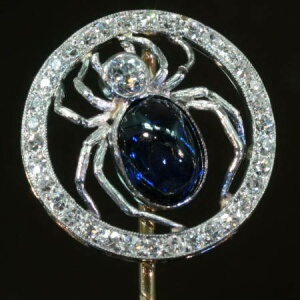 Insects |
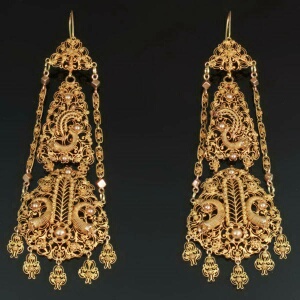 Filigree |
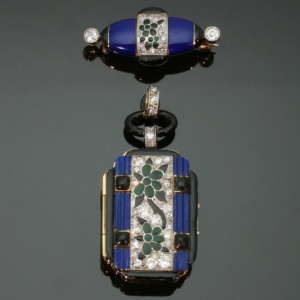 Enamel |
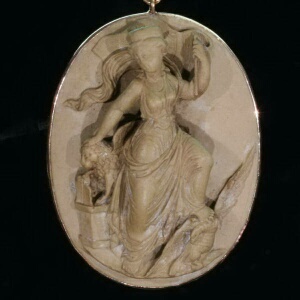 Cameo |
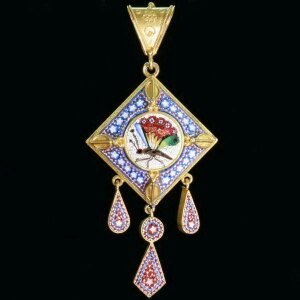 Micro mosaic |
Dear fellow antique and estate jewelry afficionado,
Eleven months a year we try to amuse you with a weekly cute antique jewelry related mail. However, this time of the year we take the liberty of sending you some mails without any special picture or back-ground information on symbolism, style or era. There will be just a list of present suggestions.
But why do we send you these mails? We would like to show you in how many ways one can look at antique jewelry. Nothing dusty and old-fashioned about it. Wearing antique jewelry is making a statement of good taste! And there are so many angles on how to browse through our collection... per object, per theme, per color, per month stone, per price, per age, per etc. etc. etc. Just click the pictures and you are being offered a special collection of antique jewelry based, this week, on their theme and/or production technique.
Don't worry, these few mails (spread over three weeks) will be as much "hard marketing" as you can expect from us in a whole year. Rest assured that it will take another year before we will brag again about all those beautiful pieces of antique and estate jewelry that can be bought online from us and that it will take only about 2 or 3 working days from the moment of buying to the moment it is delivered at your doorstep.
antiqually yours,
The Adin team
Antique jewelry sorted per month stone
Dear fellow antique and estate jewelry afficionado,
Eleven months a year we try to amuse you with a weekly cute antique jewelry related mail. However, this time of the year we take the liberty of sending you some mails without any special picture or back-ground information on symbolism, style or era. There will be just a list of present suggestions.
But why do we send you these mails? We would like to show you in how many ways one can look at antique jewelry. Nothing dusty and old-fashioned about it. Wearing antique jewelry is making a statement of good taste! And there are so many angles on how to browse through our collection... per object, per theme, per color, per month stone, per price, per age, per etc. etc. etc. Just click the pictures and you are being offered a special collection of antique jewelry based, this week, on the month stones that are set in them.
Don't worry, these few mails (spread over three weeks) will be as much "hard marketing" as you can expect from us in a whole year. Rest assured that it will take another year before we will brag again about all those beautiful pieces of antique and estate jewelry that can be bought online from us and that it will take only about 2 or 3 working days from the moment of buying to the moment it is delivered at your doorstep.
antiqually yours,
The Adin team
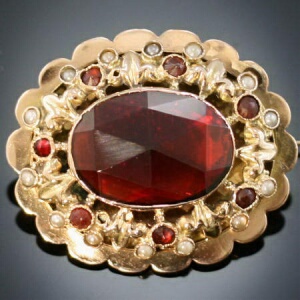 antique jewelry with month stones for January |
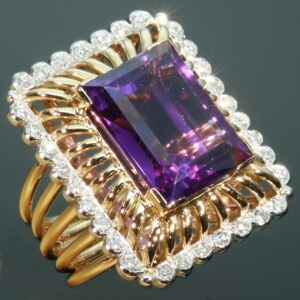 antique jewelry with month stones for February |
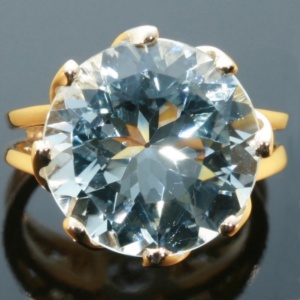 antique jewelry with month stones for March |
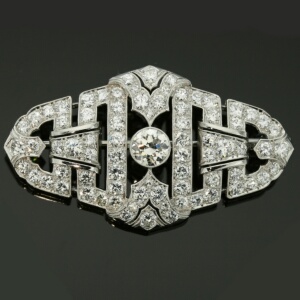 antique jewelry with month stones for April |
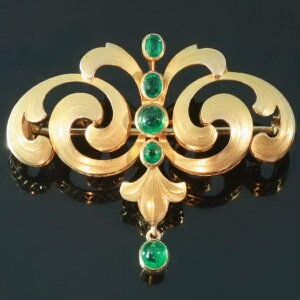 antique jewelry with month stones for May |
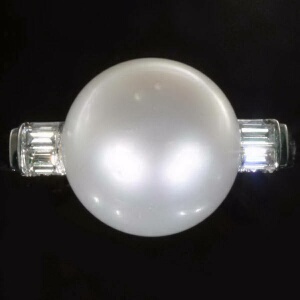 antique jewelry with month stones for June |
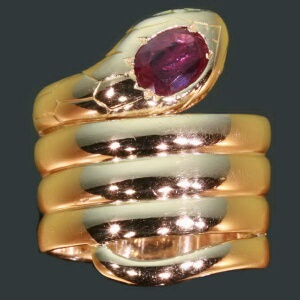 antique jewelry with month stones for July |
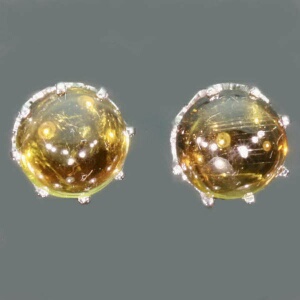 antique jewelry with month stones for August |
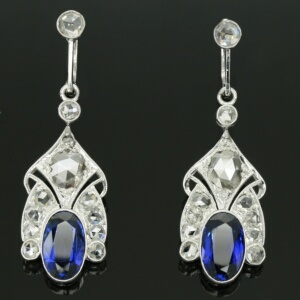 antique jewelry with month stones for September |
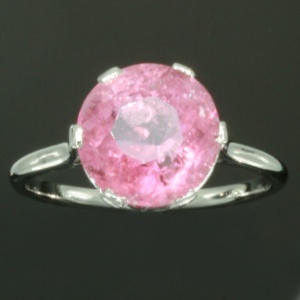 antique jewelry with month stones for October |
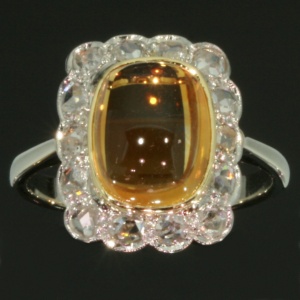 antique jewelry with month stones for November |
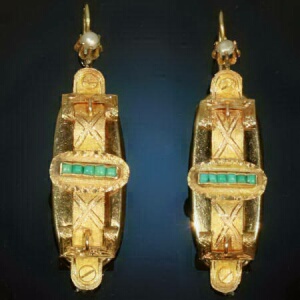 antique jewelry with month stones for December |
Vintage, estate and antique rings
(sorted per price)
Dear fellow antique and estate jewelry afficionado,
Eleven months a year we try to amuse you with a weekly cute antique jewelry related mail. However, this time of the year we take the liberty of sending you some mails without any special picture or back-ground information on symbolism, style or era. There will be just a list of present suggestions.
Don't worry, these few mails (spread over three weeks) will be as much "hard marketing" as you can expect from us in a whole year. Rest assured that it will take another year before we will brag again about all those beautiful pieces of antique and estate jewelry that can be bought online from us and that it will take only about 2 or 3 working days from the moment of buying to the moment it is delivered at your doorstep.
antiqually yours,
The Adin team
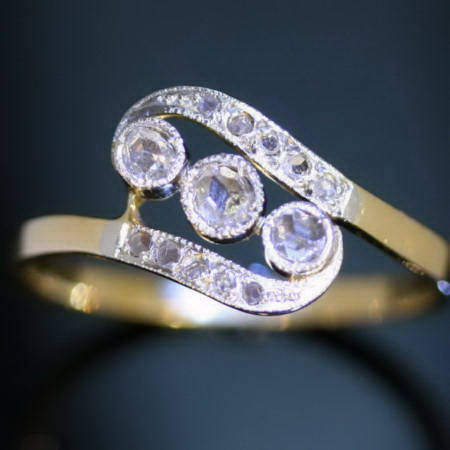 antique ring $682 |
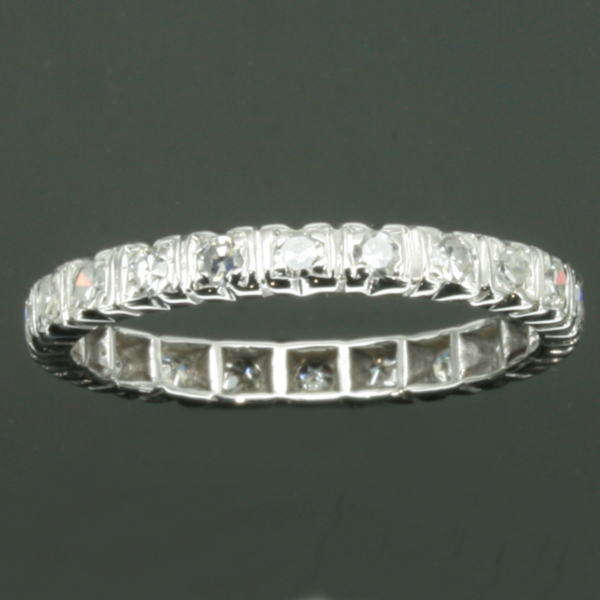 estate ring $819 |
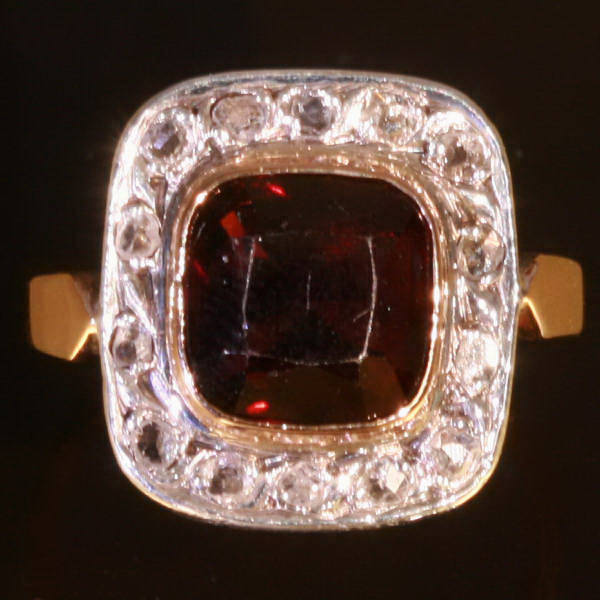 vintage ring $975 |
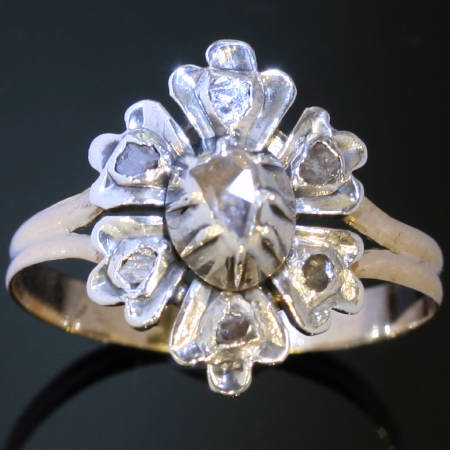 antique ring $422 |
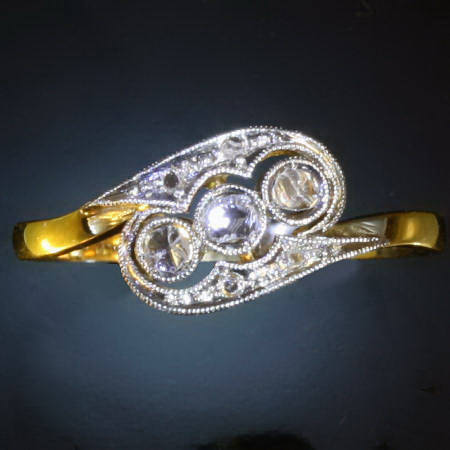 all our rings up to $1,000 |
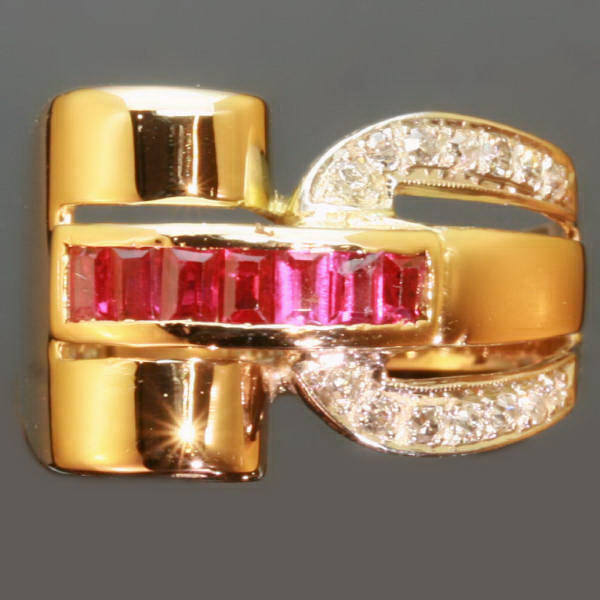 estate ring $2,274 |
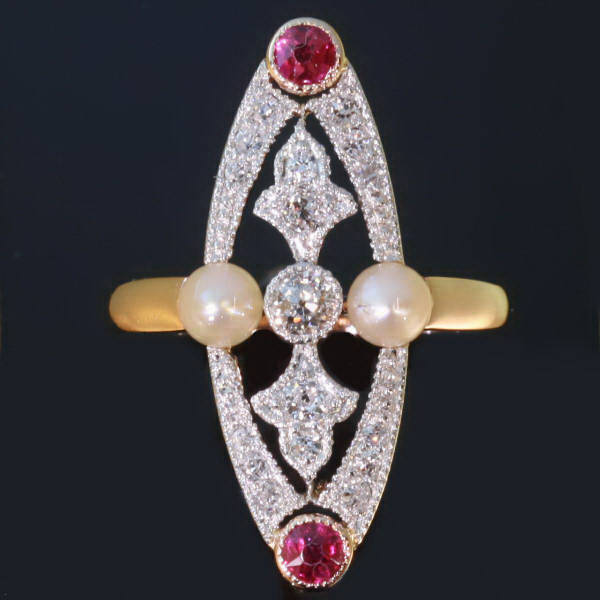 antique ring $1,884 |
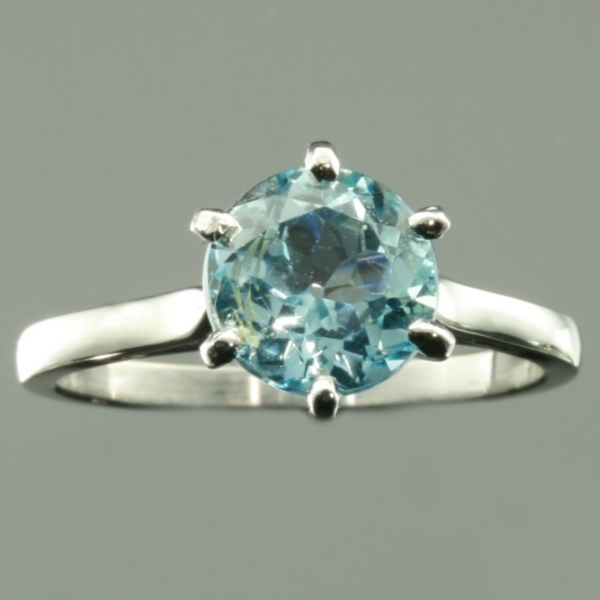 vintage ring $2,144 |
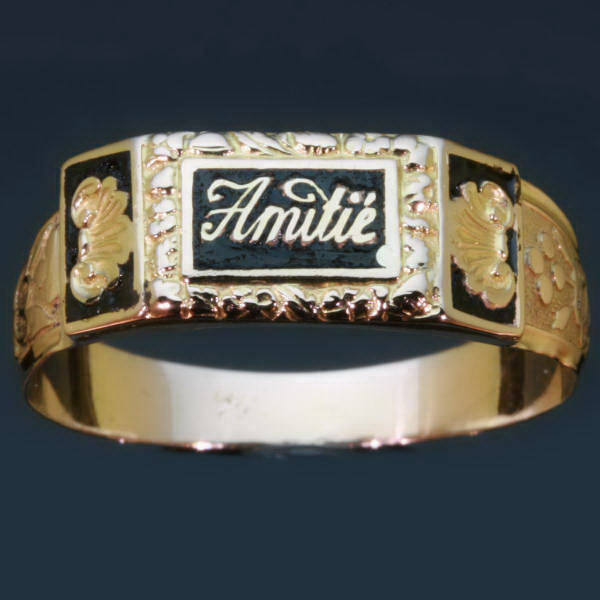 antique ring $1,624 |
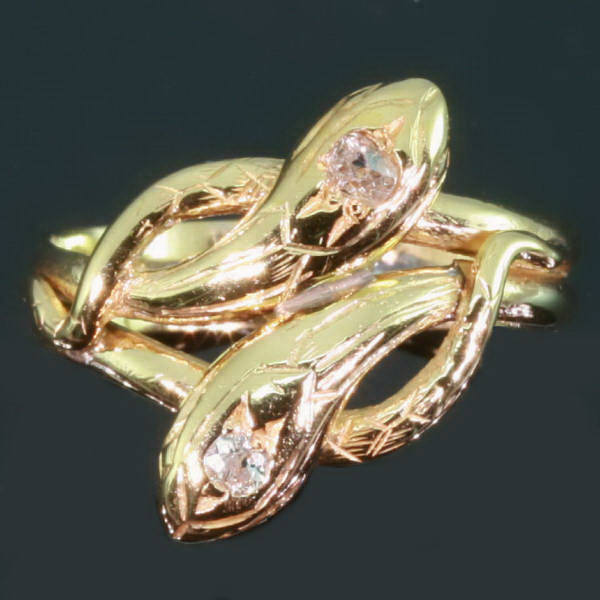 all our rings up to $2,500 |
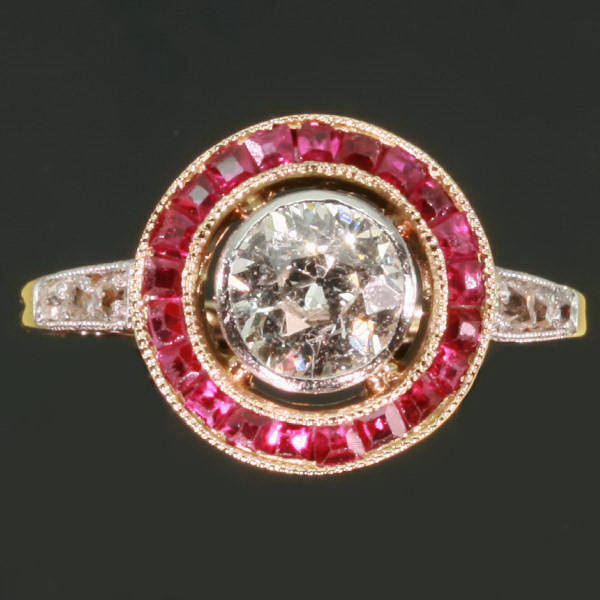 estate ring $5,522 |
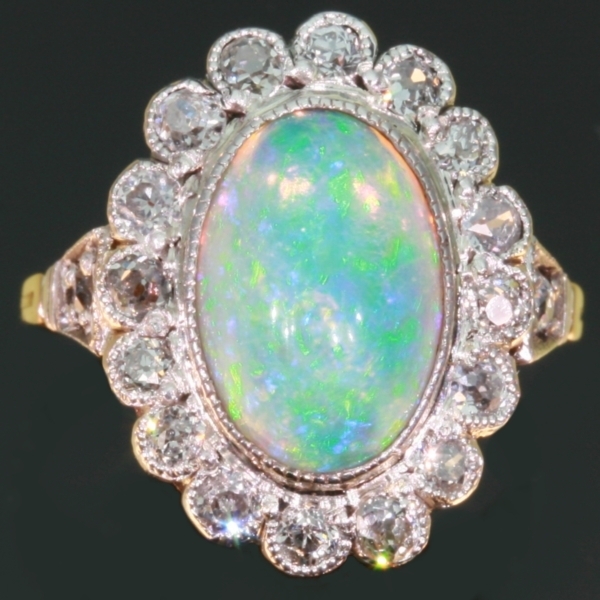 vintage ring $4,483 |
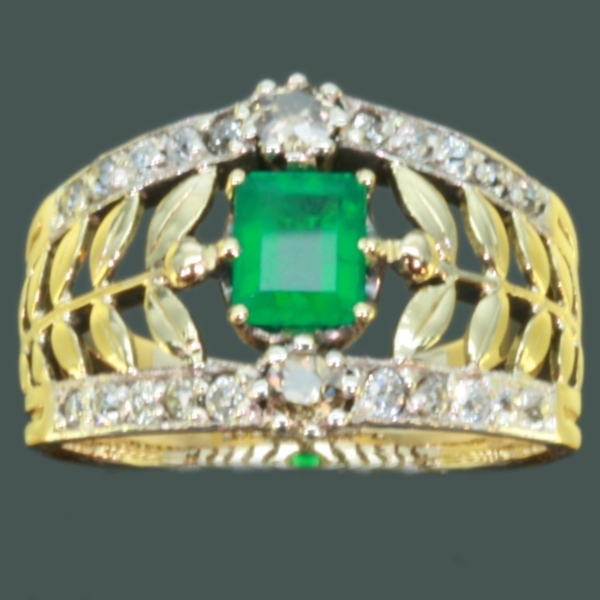 antique ring $6,432 |
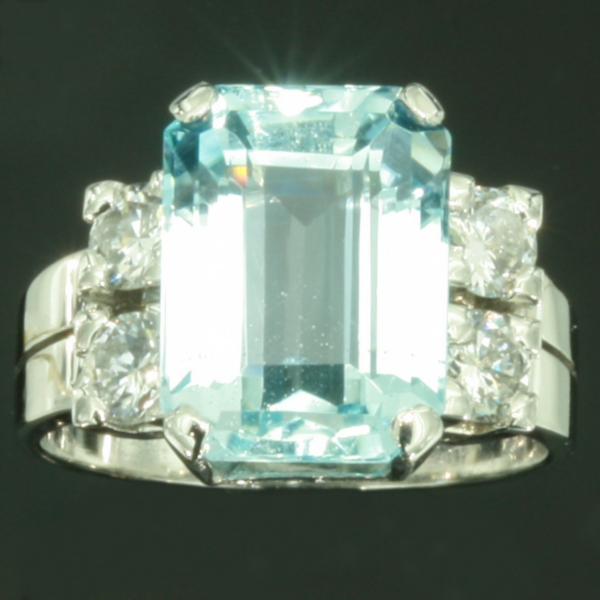 vintage ring $6,107 |
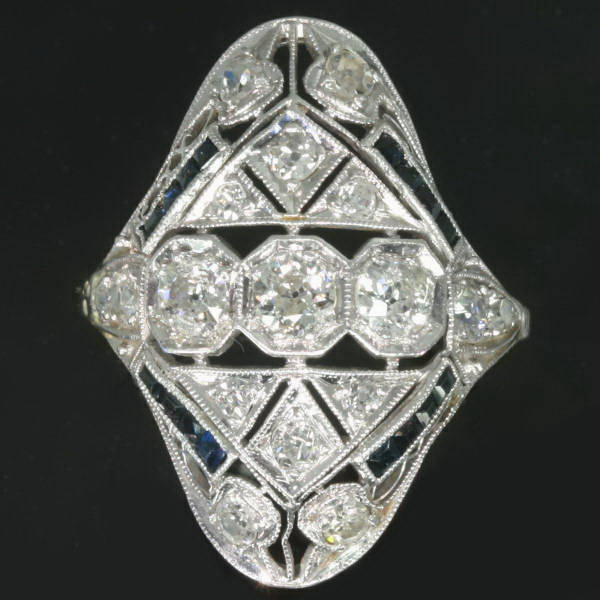 all our rings up to $7,500 |
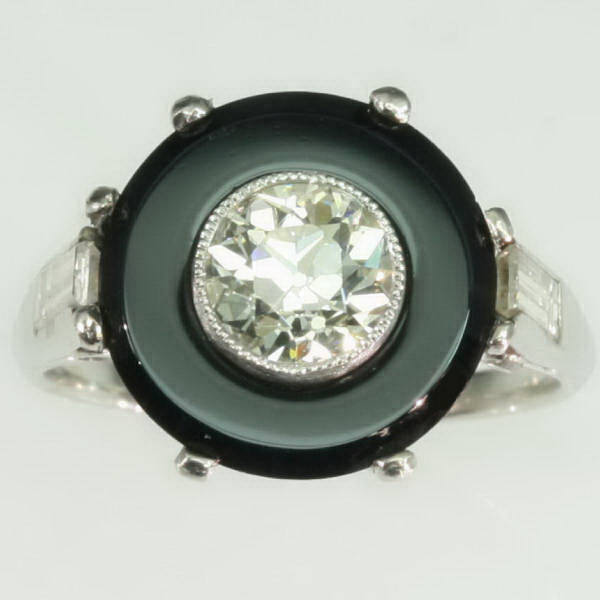 estate ring $9,681 |
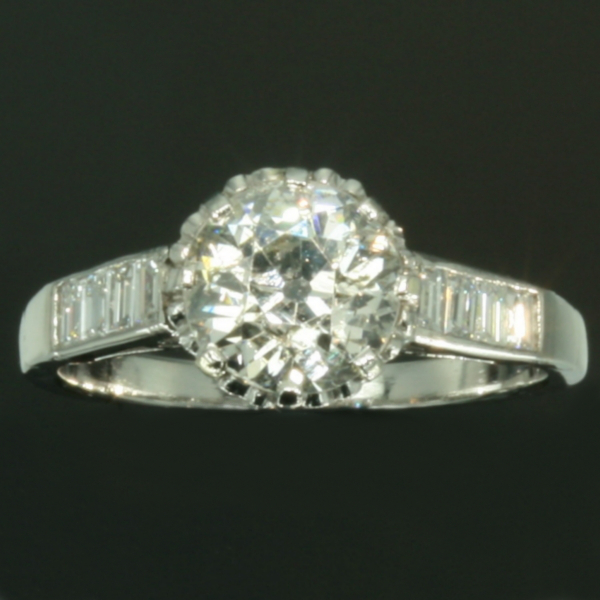 vintage ring $9,421 |
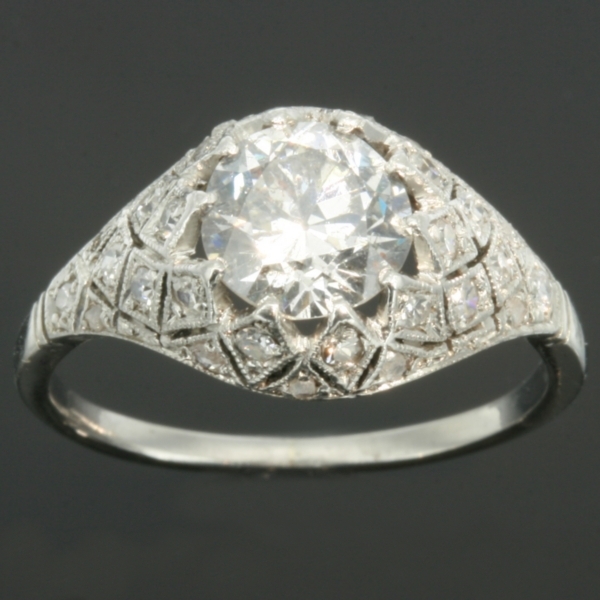 estate ring $9,421 |
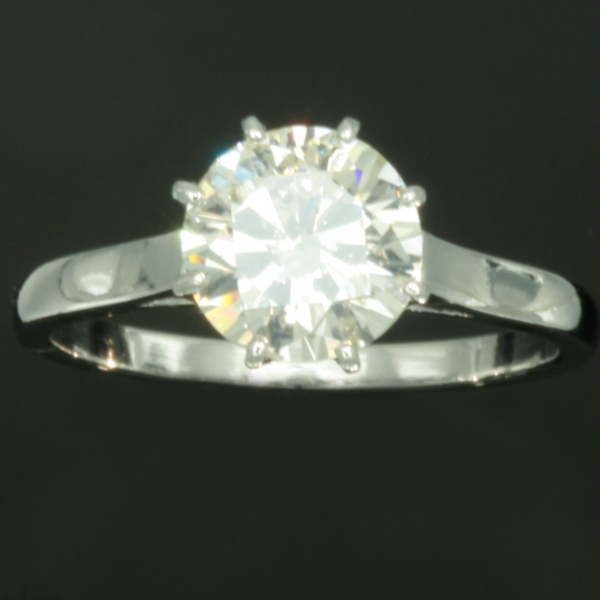 vintage ring $12,279 |
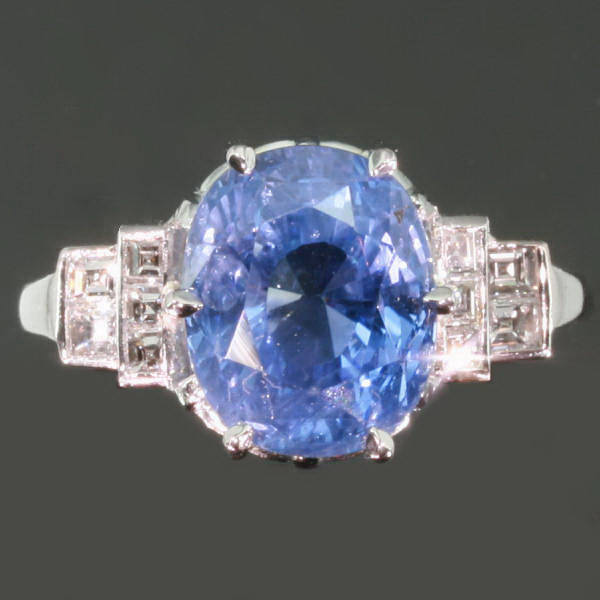 all our rings up to $15,000 |
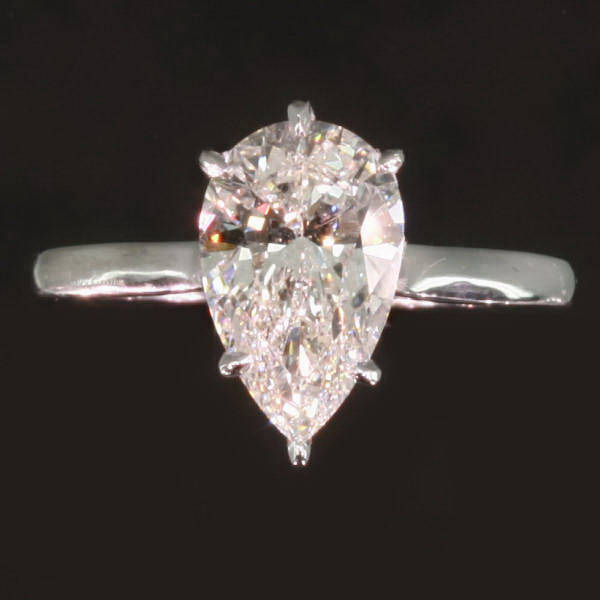 estate ring $19,231 |
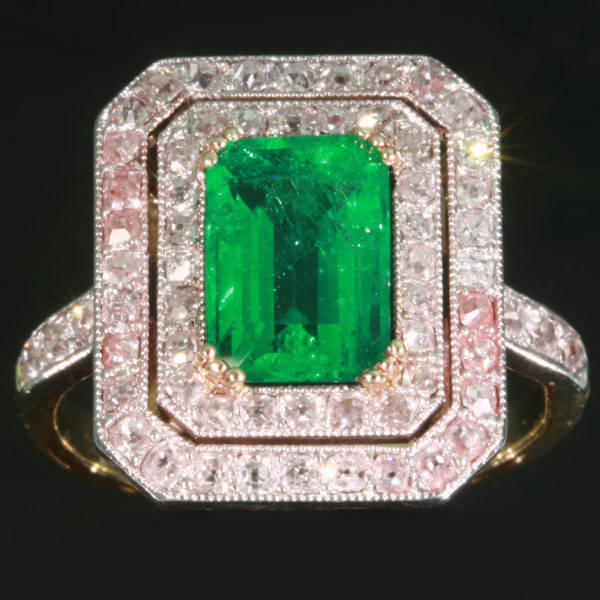 vintage ring $18,814 |
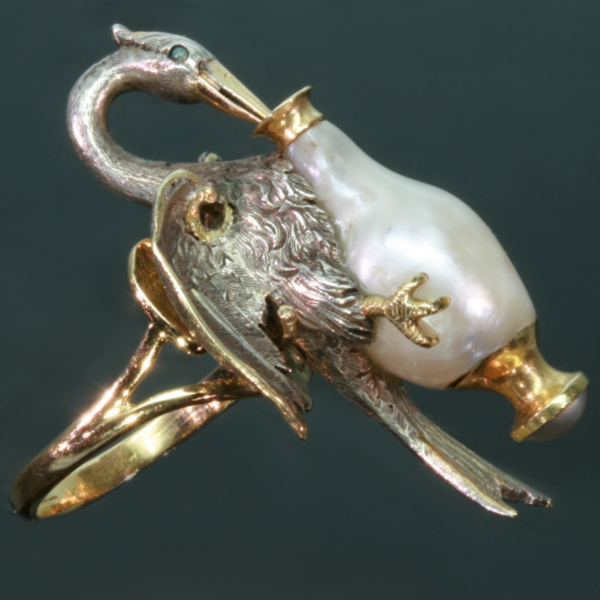 antique ring $23,389 |
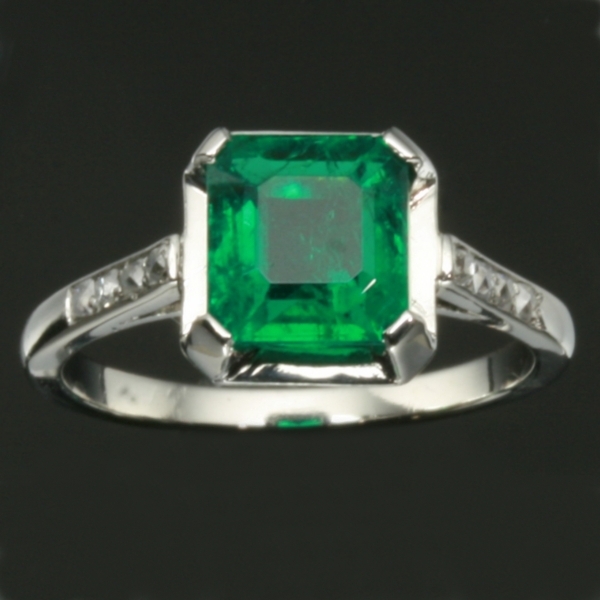 estate ring $18,841 |
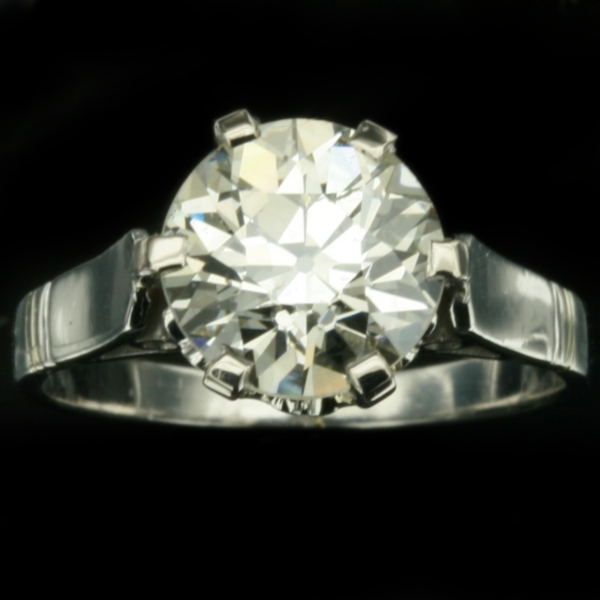 all our rings $15,000 + |
Suggestions for
Thoughtful and Exclusive Presents
(antique jewelry sorted per object and price)
Dear fellow antique and estate jewelry afficionado,
Eleven months a year we try to amuse you with a weekly cute antique jewelry related mail. However, this time of the year we take the liberty of sending you some mails without any special picture or back-ground information on symbolism, style or era. There will be just a list of present suggestions.
Don't worry, these few mails (spread over three weeks) will be as much "hard marketing" as you can expect from us in a whole year. Rest assured that it will take another year before we will brag again about all those beautiful pieces of antique and estate jewelry that can be bought online from us and that it will take only about 2 or 3 working days from the moment of buying to the moment it is delivered at your doorstep.
antiqually yours,
The Adin team
antique jewelry under $1,000
 rings up to $1000 |
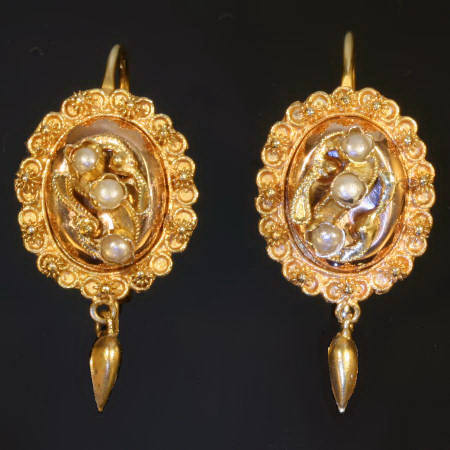 earrings up to $1000 |
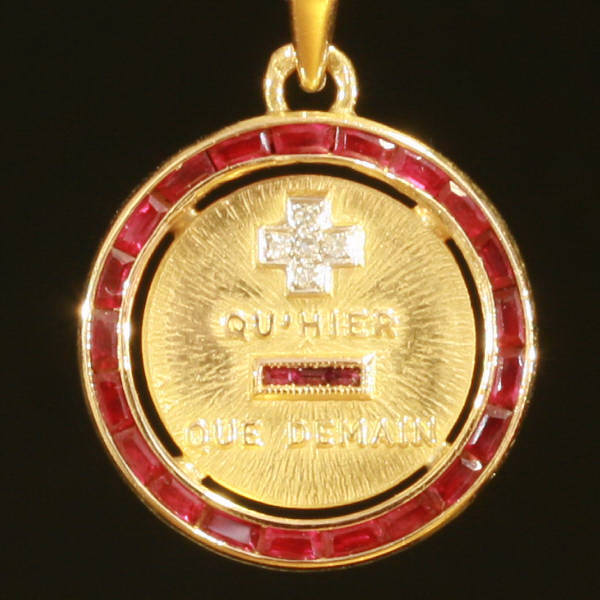 pendants up to $1000 |
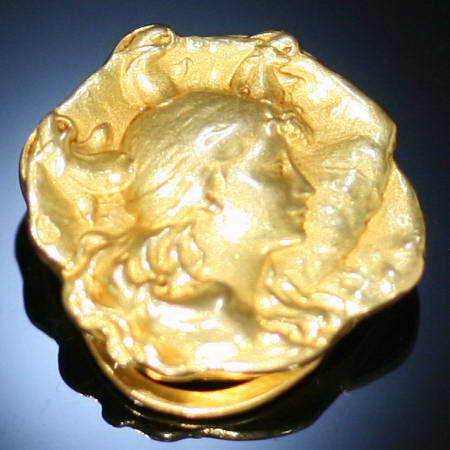 brooches up to $1000 |
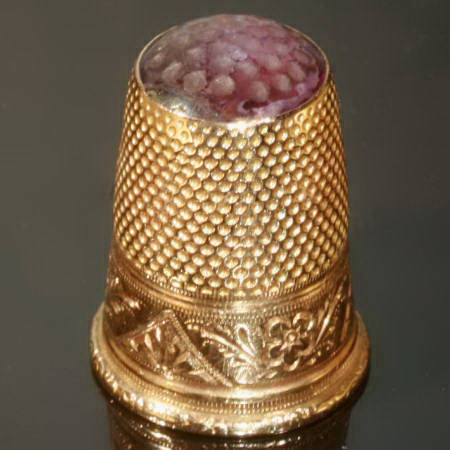 all jewelry up to $1000 |
antique jewelry between $1,000 and $2,500
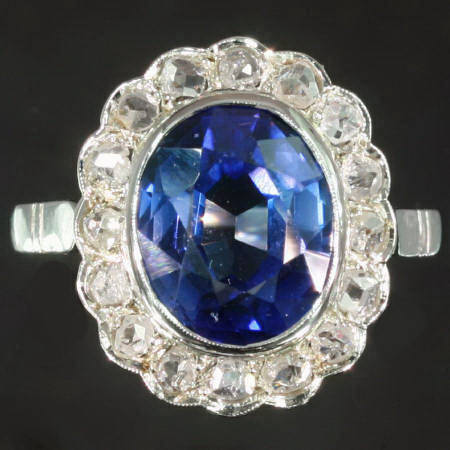 rings up to $2,500 |
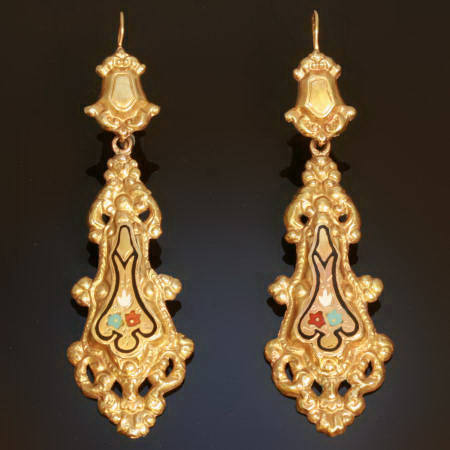 earrings up to $2,500 |
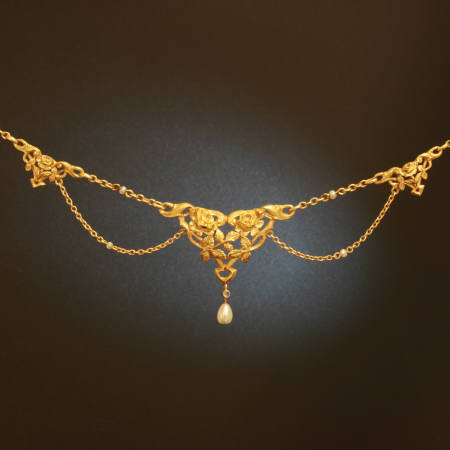 pendants up to $2,500 |
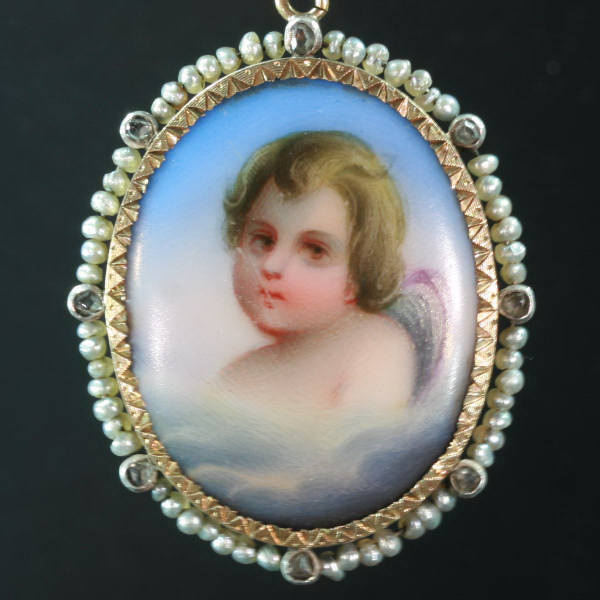 brooches up to $2,500 |
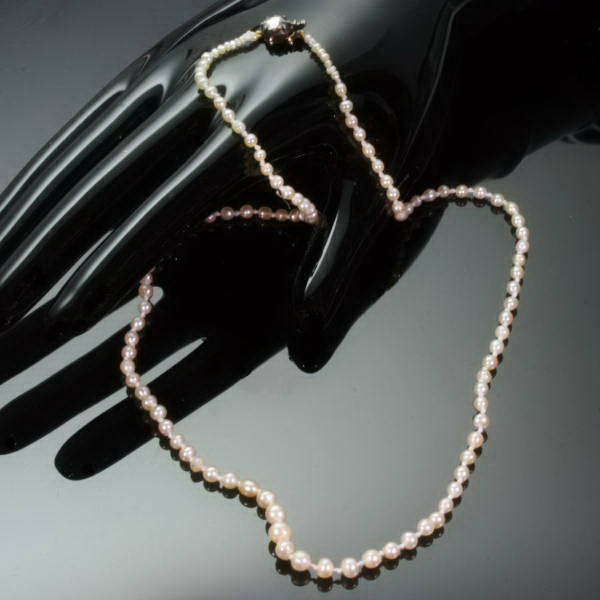 all jewelry up to $2,500 |
antique jewelry between $2,500 - $7,000
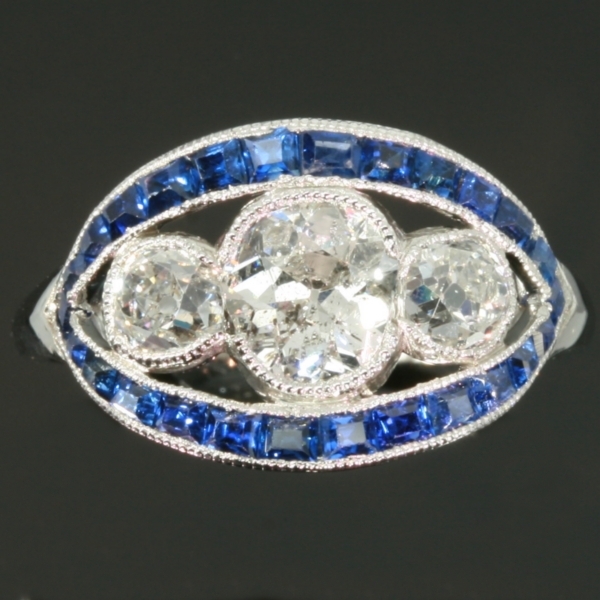 rings up to $7,000 |
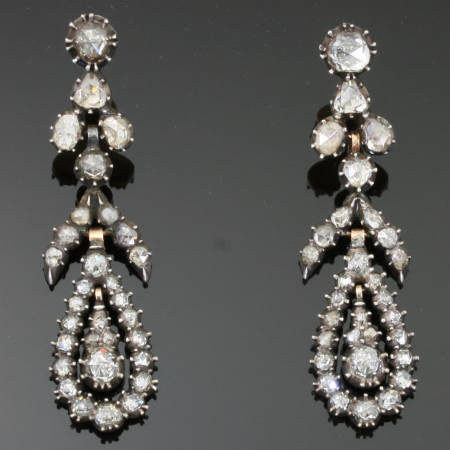 earrings up to $7,000 |
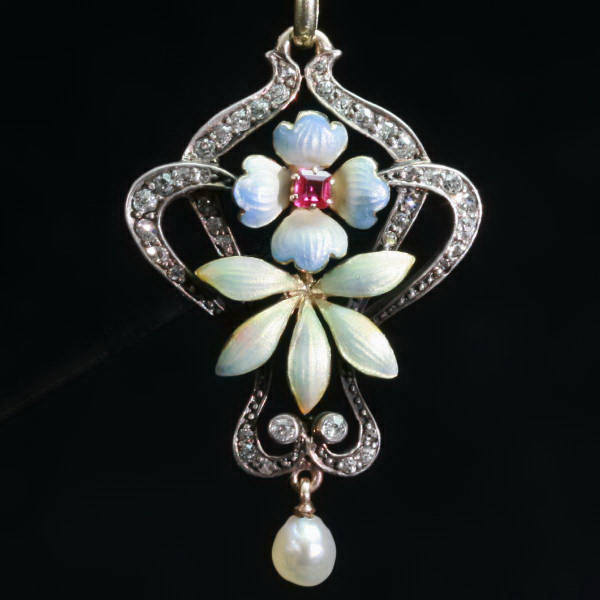 pendants up to $7,000 |
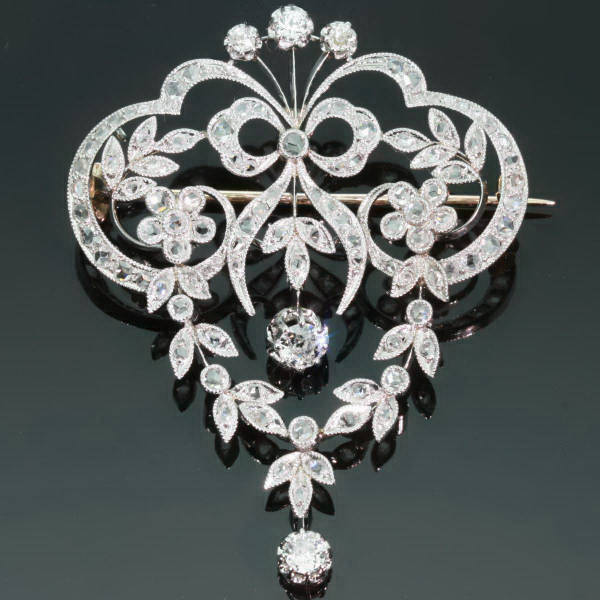 brooches up to $7,000 |
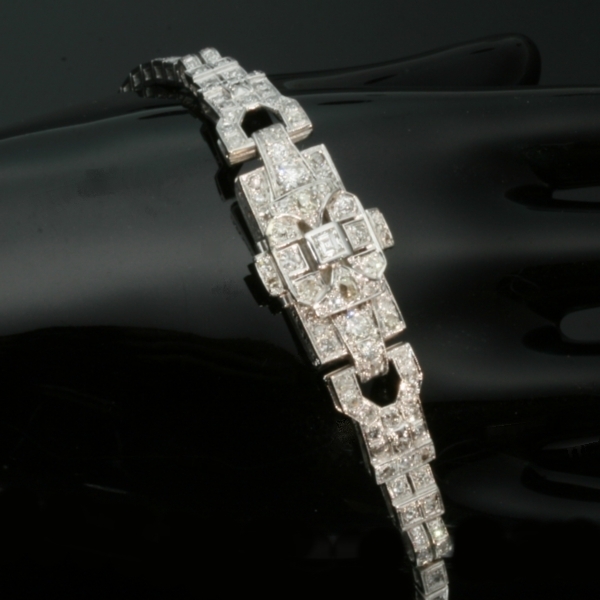 all jewelry up to $7,000 |
antique jewelry between $7,000 - $15,000
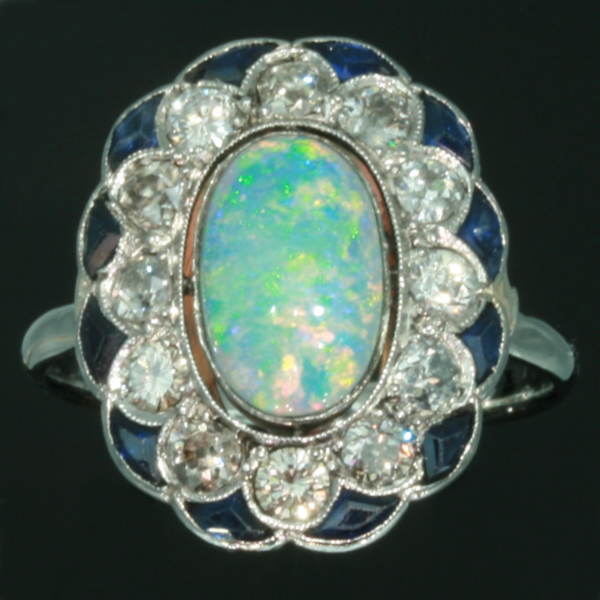 rings up to $15,000 |
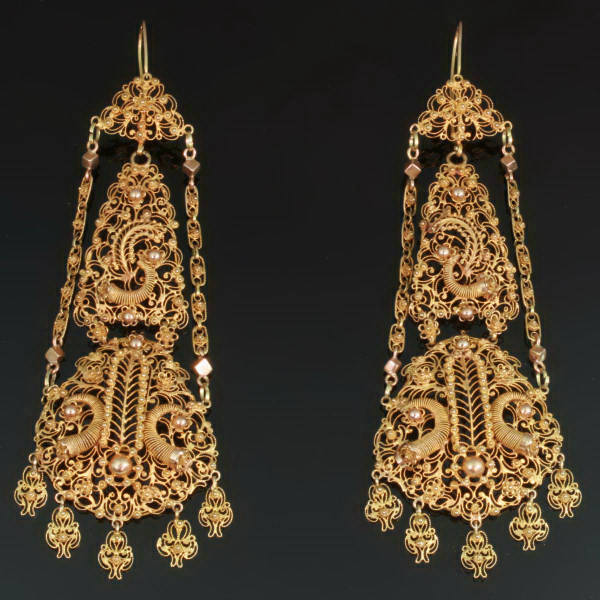 earrings up to $15,000 |
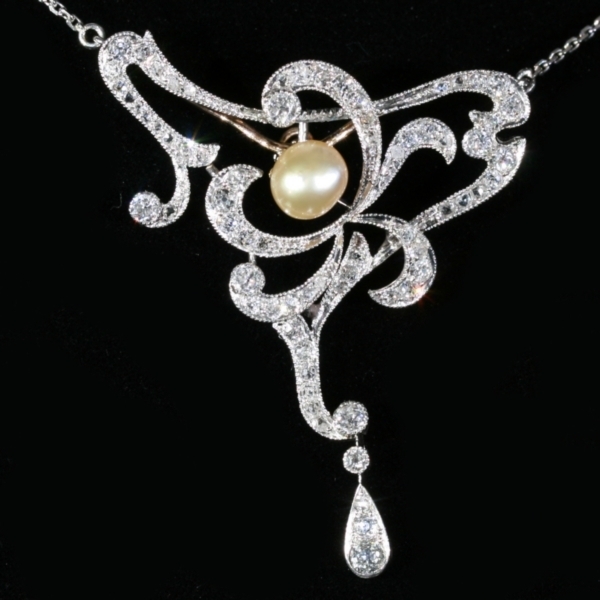 pendants up to $15,000 |
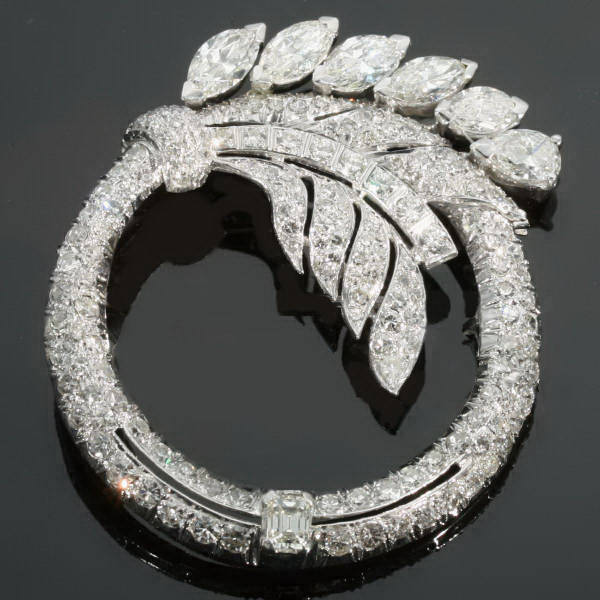 brooches up to $15,000 |
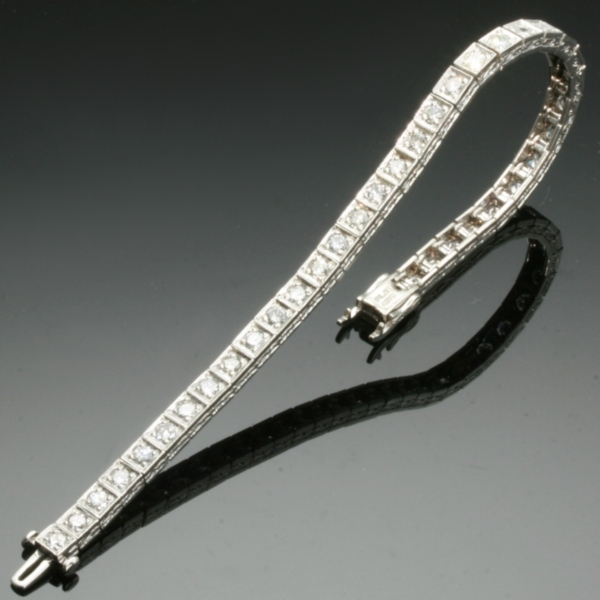 all jewelry up to $15,000 |
antique jewelry $15,000 and above
 rings $15,000 + |
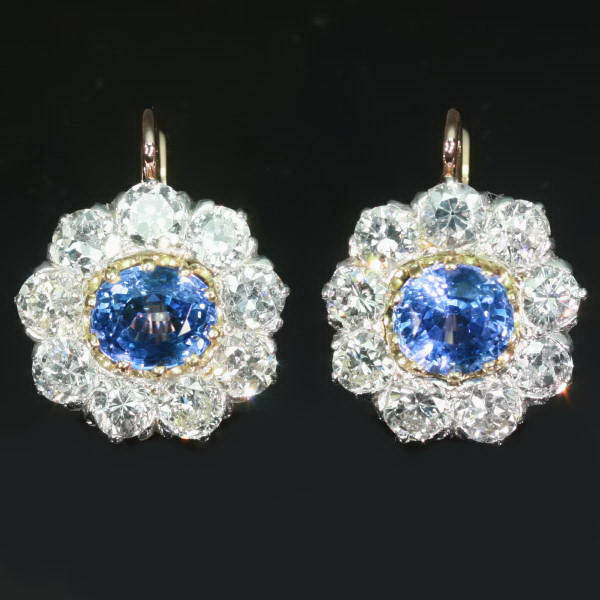 earrings $15,000 + |
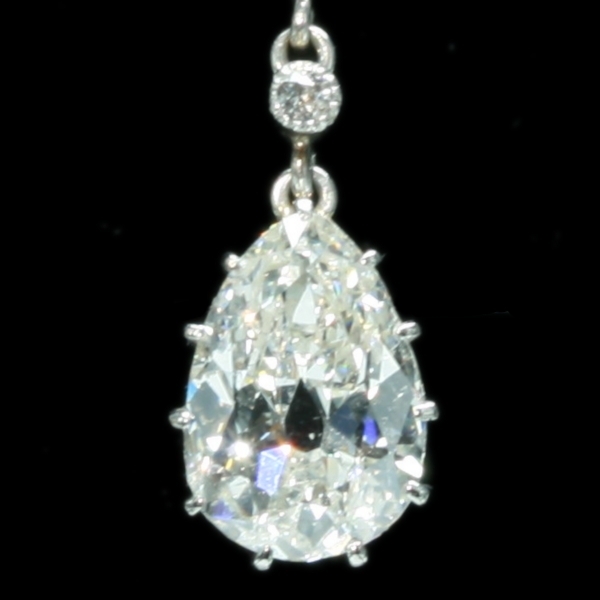 necklaces $15,000 + |
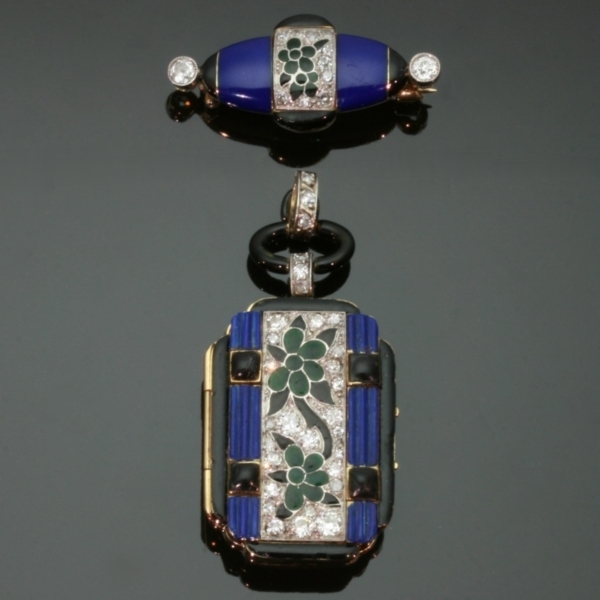 brooches $15,000 + |
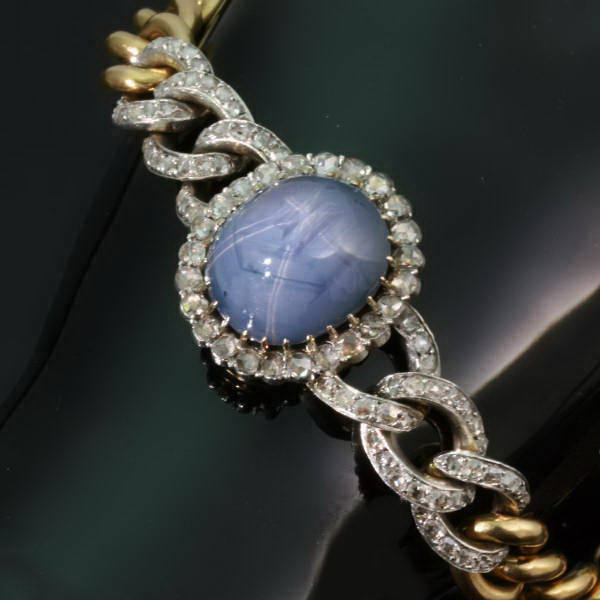 all jewelry $15,000 + |
Decorate yourself with holly berries
this Christmas!
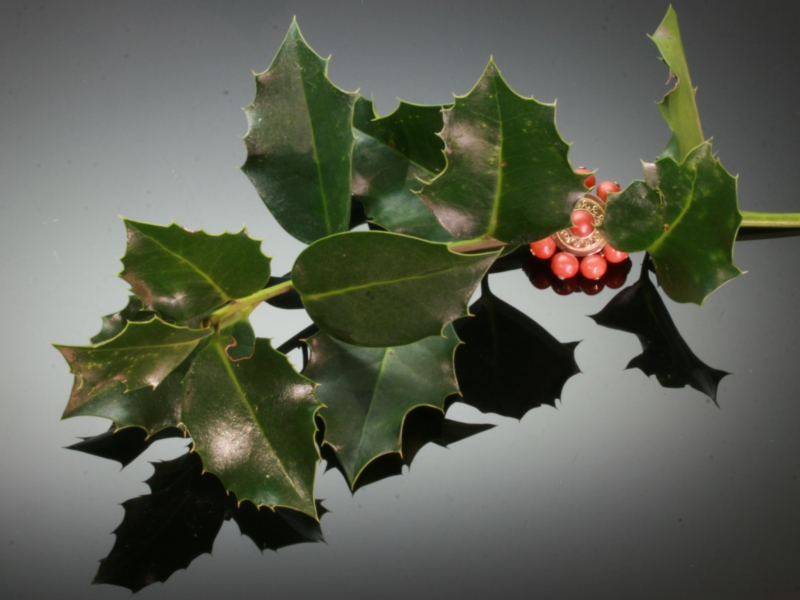 |
(from the Garden of Adin, of course)
Be a princess this Christmas
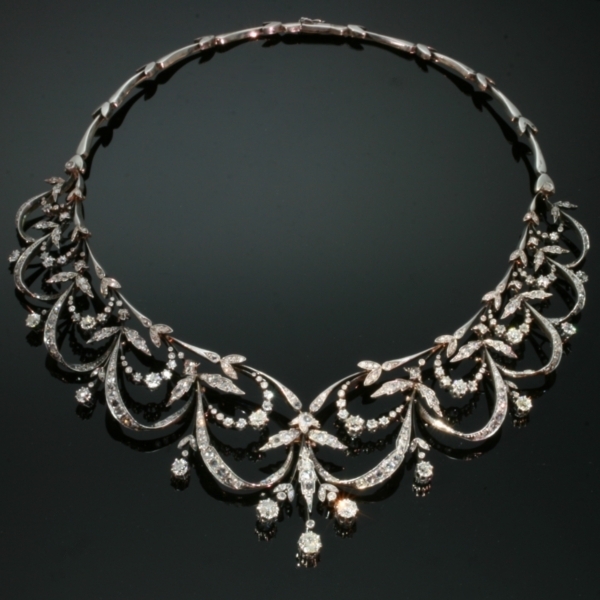 |
Made by Auguste Dufour, supplier to the Belgian court, somewhere in mid-nineteenth century for what we think must have been a princess or at least someone of the old aristocracy. When draped around the neck it looks like precious lace. Click the picture to find more about this magnificent piece.
Get lucky this Thanksgiving
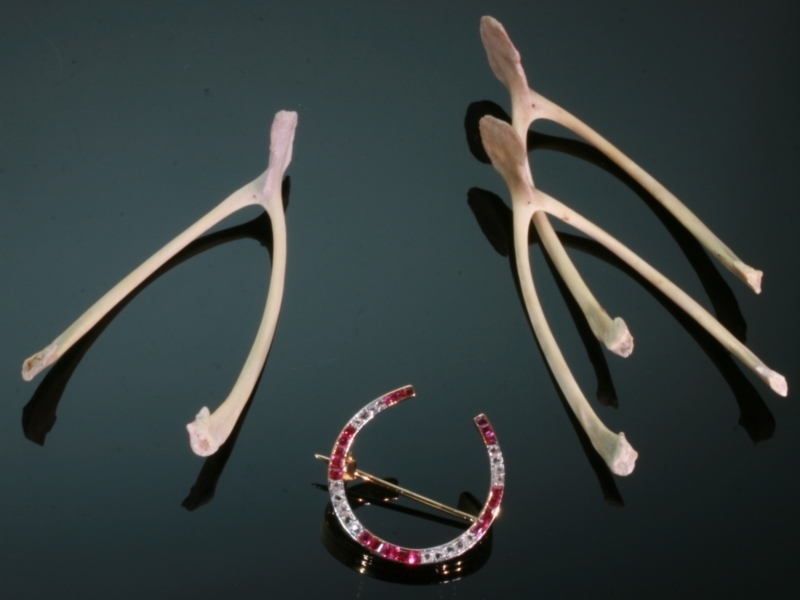 |
Throughout the centuries wishbones have been used for all sorts of superstitious practices, like long-run weather forecasting or even predicting how a war would end. Tradition has it that Etruscans and Romans touched a dried furcula (Latin term for wishbone, meaning "little fork") as they made a wish. The Romans introduced this practice into Great Britain and from there the early settlers brought the tradition to America.
But why let your luck depend on a wishbone? Get instantly lucky (and happy) with this beautiful Art Deco horse shoe brooch or some of our other antique luck tokens.
An "expert" opinion on
EMERALD
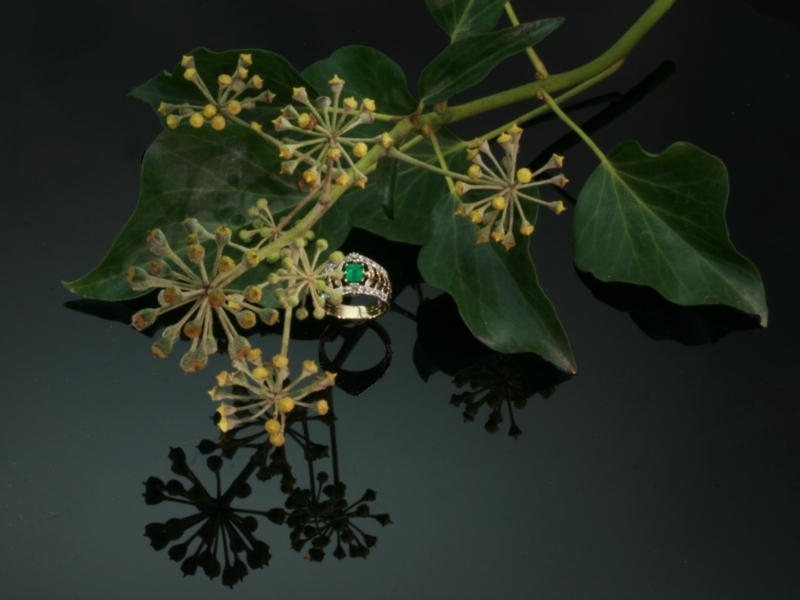 |
Recently we found an antique book on gemstones written by what we consider to be an "expert". We just would like to share with you some of his revealing insights. This week we share his knowledge on emeralds.
"Greener then green is the emerald!" Thus speaks the old magician in his book. "This stone suffers no unchastity! To even such degree that if one weakens a virgin, the stone shatters! Therefore this precious stone can also be used as a drug to resist lovepotions of lewd women."
Terrible, those lewd women in the middle-ages... a good thing that doctors had such strong remedies against them.
Some more revealing insights on other gemstones from our new found "expert" will follow soon.
The Adin Carrot Diet
One of life's root necessities
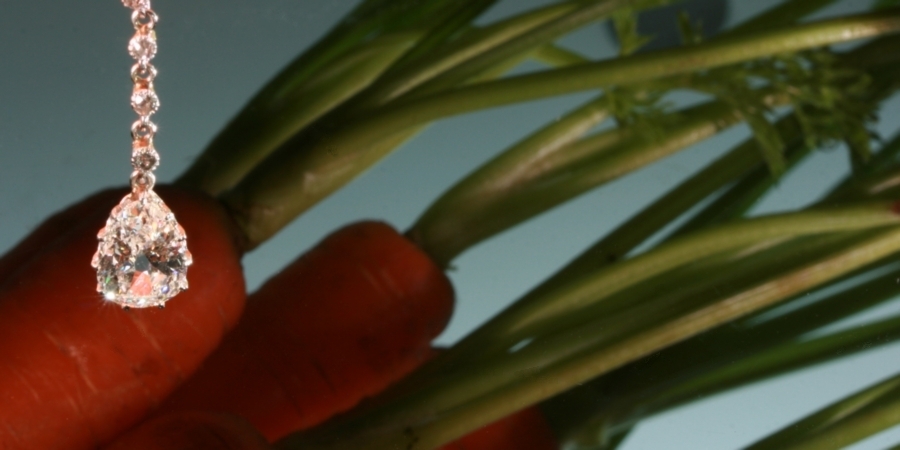 |
Is it possible that consistent moderate weight loss could reliably result from a diet as simple as buying more Adin Carats? Yes!
The basic rule of this diet is to buy a few carats at or near the beginning of every celebration. Why should this work? This works because a bulky carat leaves no room at the party's end for the extra ice-cream or cheesecake. That saves a considerable amount of calories per party, which translates to a weight loss of more carats then obtained from Adin.
Adin Carrots are healthy additions you can make to any list in your diet. Indeed, these root necessities come with wholesome health benefiting compounds such beta-caratenes, vitaminA(antique) and vitaminD(diamond) in ample amounts.
Adin Carats are freely obtainable at www.adin.be. No doctor's prescription needed!
An "expert" opinion on
AMETHYST
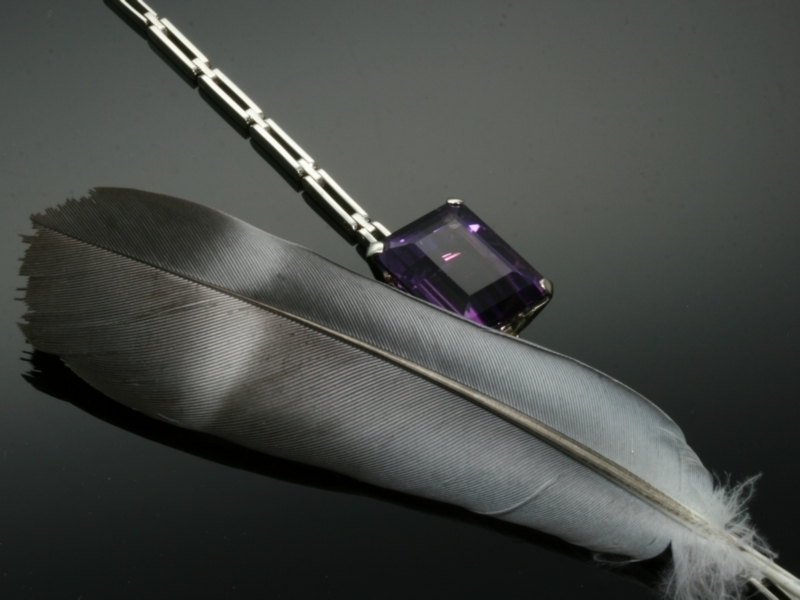 |
Recently we found an antique book on gemstones written by what we consider to be an "expert". We just would like to share with you some of his revealing insights. On amethysts he writes:
"Amethyst proved itself against witchcraft, which is still believed to be the cause of many accidents today. One should engrave the sun and moon in an Amethyst and wrap it in the feathers of a swallow. Wearing this amulet protects the wearer and his/her property against black magic."
And he follows:
"Because Amethyst is the birthstone for Pisces it is closely associated with Neptune and thus with all that has to do with water. Therefore, sailors will do well to providing themselves with an amethyst, so Neptune will be merciful on them. Amethyst also protects against inundation, flooding and risk of undermining."
We at Adin rather have our customers taking swimming lessons and buying amethyst as present for each other than using it for the powers proclaimed by the "expert" in this antique book.
Some more revealing insights on other gemstones from our new found "expert" will follow soon.
An "expert" opinion on
SAPPHIRES
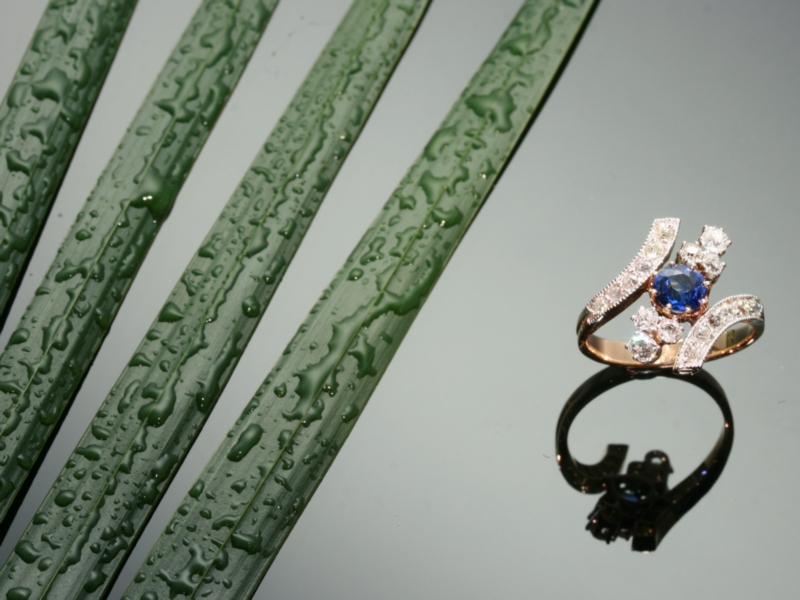 |
Recently we found an antique book on gemstones written by what we consider to be an "expert". We just would like to share with you some of his revealing insights. On sapphires he writes:
"When a man is imposing his love on a woman, and he is obnoxious to her, thus she should pour wine over a sapphire three times and give him this to drink, with or without his will while pronouncing the following Latin adage: “Ego vinum hoc ardentibus viribus super te fundo, sicut Deus splendarem tuum, praevaricante angelo, astra xit ut ita amorem libidinis ardentis viri huius de mesabstrahas.”
This translates freely to: ”This wine with burning powers I thee pour, as God extinguishes the sparkling halo of the fallen angel. Likewise, it will extinguish the burning lust of this man for me”.
Perhaps important to mention is that we do NOT endorse this information. We rather suggest that any man who is in love with a woman, would offer the woman of his dreams an antique sapphire ring and then have a few glasses of wine together.
Some more revealing insights on other gemstones from our new found "expert" will follow soon.
Hide and seek in The Garden of Adin
Find the Hyacinth
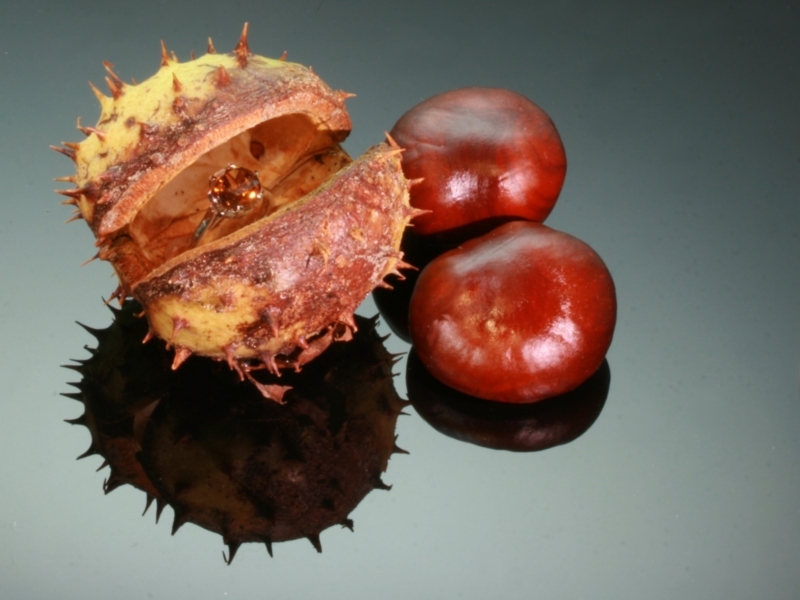 |
A lot has been written about gemstones by experts and “experts”. Some articles we find to be very informative and serious, but there are also a lot of cute stories around. And we would like to share some of the cute info we found on the stone pictured here, the Hyacinth.
"The hyacinth is seen as protection against arroused cardiac activity and fever as well as protection to bite and sting poison from malicious insects and amphibians. In order to quench the fever and restlessness, the hyacinth is crushed into a fine powder and given to the sick in small doses from time to time."
Perhaps important to mention is that we do NOT endorse this information and we strongly advise NOT to crush this beautiful piece. Some more cute insights from this "expert" on other gemstones will follow soon.
Scary Bracelet
MOOOOOHAHAHAHAAAAH
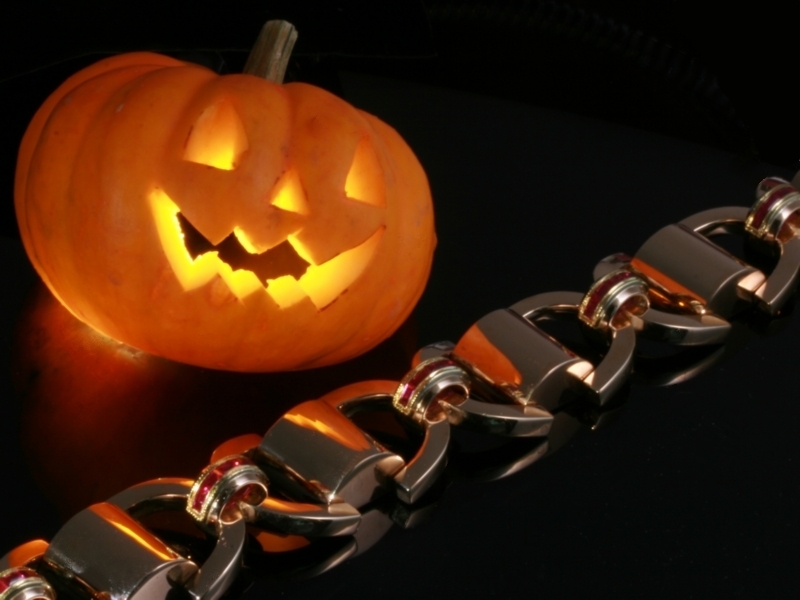 |
Tank bracelet - The bracelet pictured is a so-called tank bracelet. This, because its design is based on the caterpillars of a tank; a typical motif for bracelets in the Retro period.
The strong geometrical shapes of the Retro style (ca.1940-1950) shows how strongly influenced it is by its predecessor: the Art Deco style. Using the same type and language of geometrical shapes but with bolder heavier lines and shapes. Typical for the Retro style are the often used carré cut ruby or sapphire stones.
The bracelet we present here is a typical child of its time.... and that's what antique and estate jewelry should be all about: That a piece fully represents the time it was made in.
Hmmmmm, when you think about it... actually not scary at all.
Adin's Carat Weight Watchers Club
proudly presents:
"The Antique Jewelry Diet"
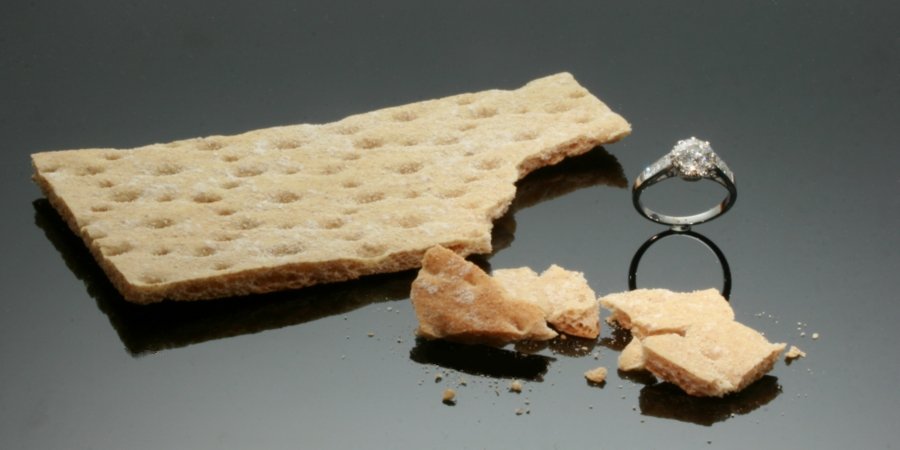 |
The New Diet Everyone is Talking About!
ANTWERP, October 17 - A recent published study by The Adin Scientific Center for Physical and Mental Welfare suggests that all diets, regardless of their macronutrient content, are more than positively affected by Adin's Antique Jewelry Diet Supplement®.
The idea behind the Adin Antique Jewelry Diet Supplement® is simple yet effective: reward yourself with a piece of Adin antique jewelry whenever you achieve a certain target weight. According to Adin's chief scientist Dr. Elkan Wijnberg, results of multiple clinical tests show the statistically significant benefit of this new diet.
Indulge yourself with
Adin's Antique Jewelry Diet Supplement
100% satisfaction guaranteed!
Lucky opal
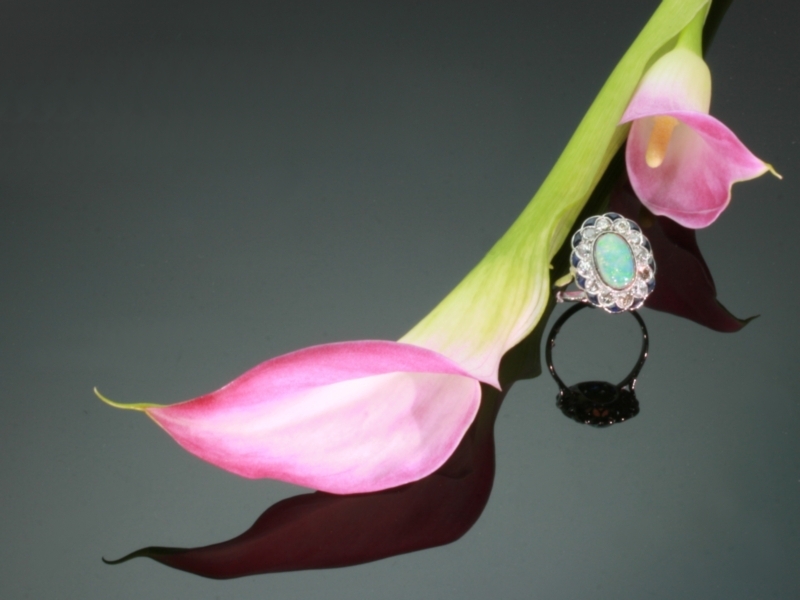 |
Already back some 1000 years ago, in the Middle Ages, opal was considered to be a stone that would bring luck because it had all the colors of all the other gemstones in it. It was also believed that when wrapping an opal in a fresh bay leaf, one would turn invisible when wearing.
Though we do not endorse the latter statement, we do believe the person who will get this opal ring will be very lucky.
Hissing snakes and shimmering serpents
playing hide and seek in The Garden of Adin
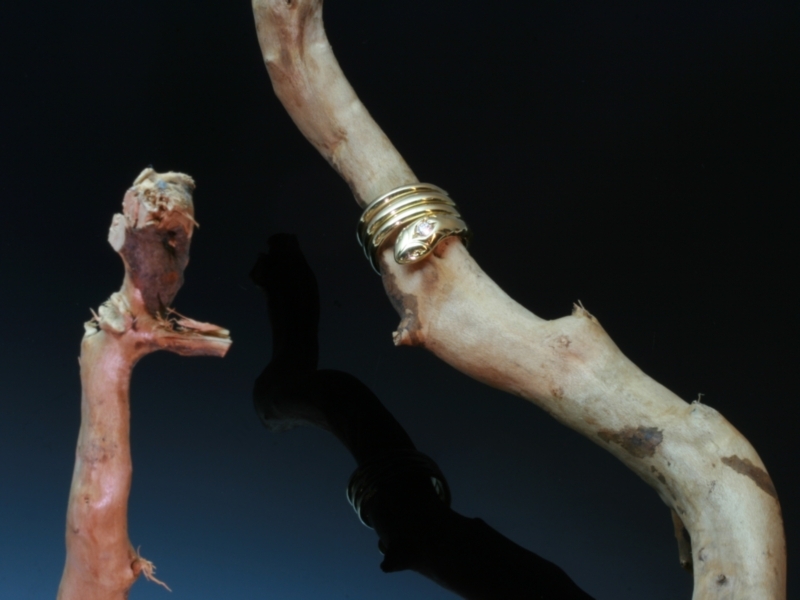 |
Snakes and serpents - One of the oldest and most widespread mythological symbols in various cultures is the snake or serpent. Symbol of fertility, immortality, wisdom, intelligence and healing, the snake has always been adjusted many positive (and negative) characteristics.
Therefore it should not come as a surprise that they always were a rich source of inspiration for goldsmiths and jewelers over the ages. At Adin we have a fine collection of authentic antique snake jewelry, mostly made at the end of the 19th Century. Come and take a look.
Autumn Art Deco Beauties
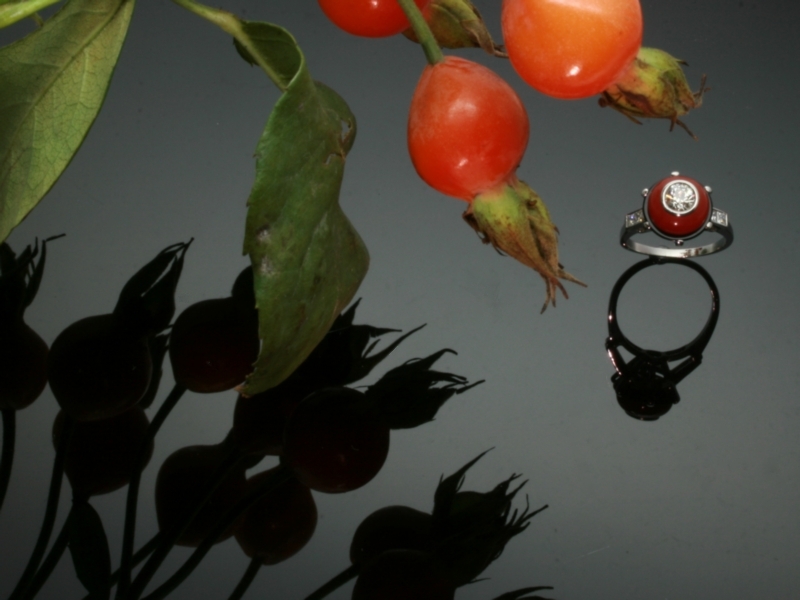 |
In the Garden of Adin
The trees are in their autumn beauty
The woodland paths are dry
Under the October twilight the water
Mirrors a still sky
Upon the brimming water
among the precious stones
Season's doing its yearly duty
bringing us all the autumn color tones.
The Wild Swans at Coole
William Butler Yeats - 1919
(freely adapted)
When I'm feeling blue,
all I have to do,
is take a look at you....
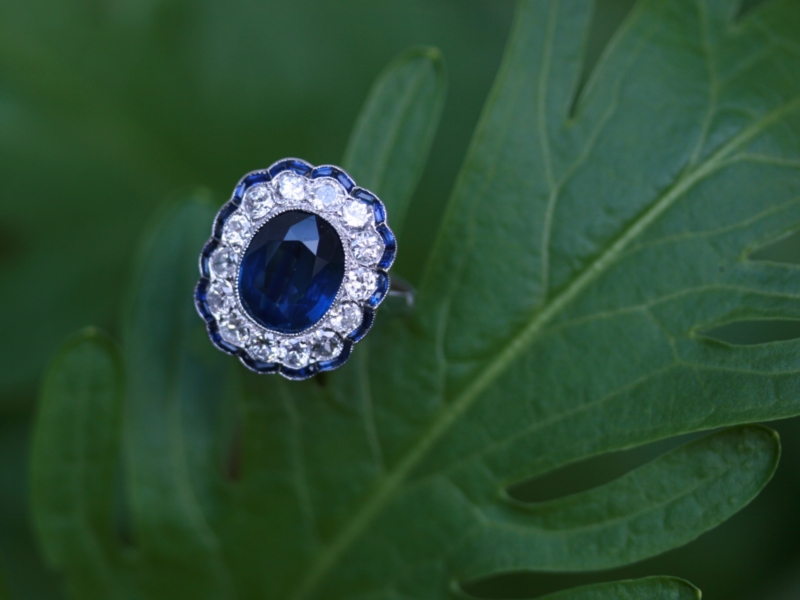 |
.... and then I'm not so blue.
Lalique
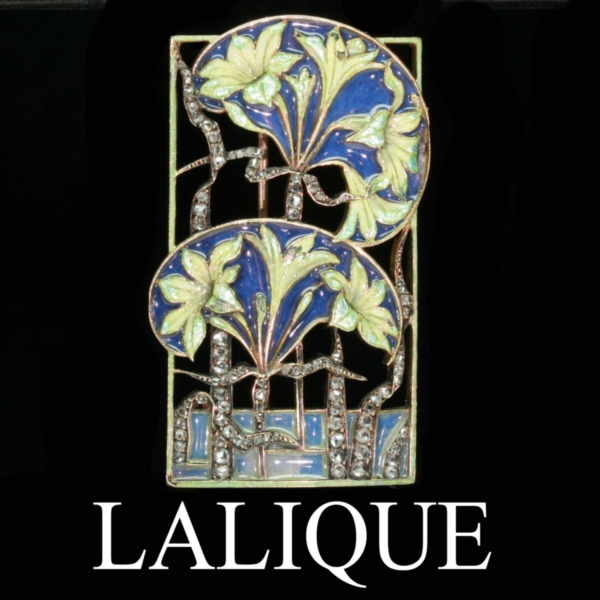 |
Dreams captured into jewelry
René Jules Lalique - The "Rembrandt" among the jewellers was the leading French jewelry designer known for his faboulous creations in the Art Nouveau period.
Lalique created new techniques and highly original designs. He was born at Ay, on the Maine, was apprenticed at 16 to the Parisian silversmith and jeweller, Louis Aucoq, attended art schools in Paris and London, and upon returning to Paris made designs for Aucoq, Cartier, Boucheron and others.
He managed, and in 1886 took over, the workshop of Jules d'Estape. After making, in 1891-1894, several pieces of jewelry for Sarah Bernhardt, he exhibited his work at the 1894 Paris Salon, and was acclaimed for his Art Nouveau jewelry, especially after his success at the Paris Exhibition of 1900 which led to his vogue with royalty and the aristocracy.
As it is almost a must to any self-respecting jewelry collecting museum to own a piece of Lalique jewelry with plique-ajour enamel (the glass stained window effect), most of these pieces disappear into museum collections. Therefore it is very unusual to find Lalique pieces in the trade.
Take me to the candy store !
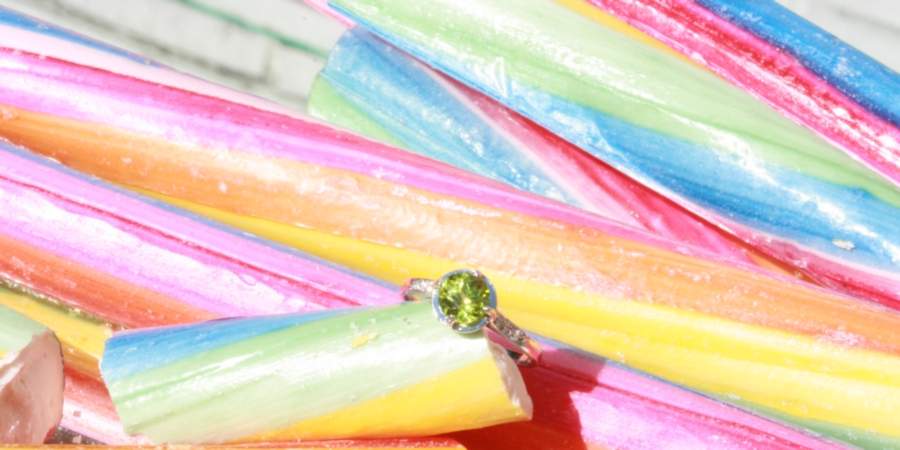 (Click here to read more about this ring!) |
Take me to the candy store ! Take me to the candy store ! Take me to the candy store ! Take me to the candy store ! Take me to the candy store ! Take me to the candy store ! Take me to the candy store ! Take me to the candy store !
All olives are equal
(but some are more equal than others)
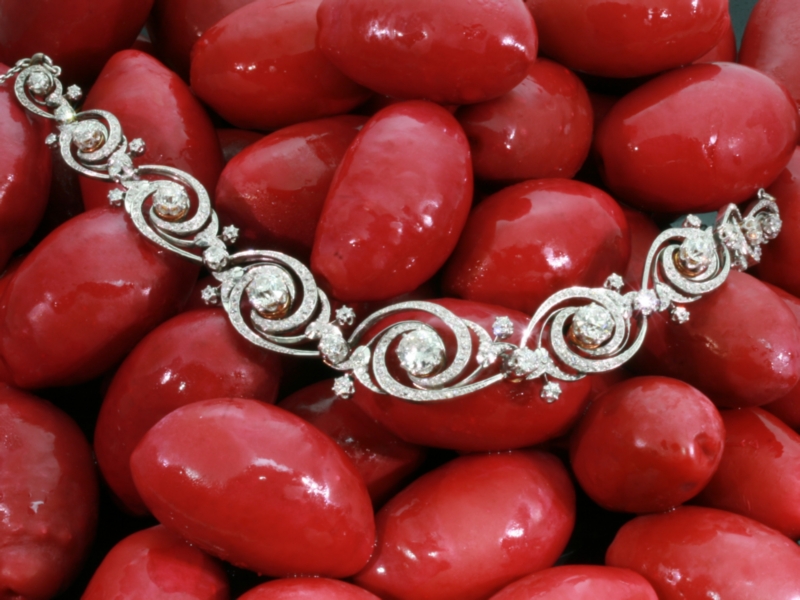 (Click the picture to read much more about this magnificent piece.) |
One of a kind antique bracelet set with 7.20 carat diamonds and crafted by the illustrious Emile Olive. This very bracelet is depicted in the "Bible of Antique Jewelry" namely Henri Vever's "La Bijouterie Française au XIXe Siècle" (third volume, page 533) and in its English translation "French Jewelry of the Nineteenth Century" (page 1025).
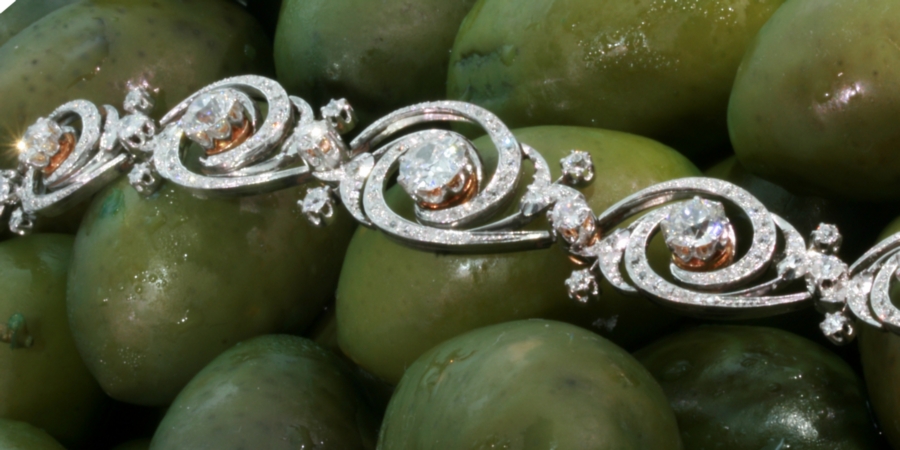 (Click the picture to read much more about this magnificent piece.) |
Henri Vever writes about Emile Olive:
"Emile Olive (1853-1902) succeeded Le Saché as designer in Falize's firm. An artist of lively intelligence and infinite taste, he spent
thirty years applying body and soul to our beloved art. It is obvious that Olive's gift for geometry was hardly appreciated by his
father, an accountant, since he sent him to work with a cheese and bean seller in Rue de la Verrerie.
Such an environment seemed hardly likely to foster the development of an artistic vocation. However the young man felt such a need to draw and had such a hightly developed sense of decoration that he even found curious ornamental motifs in the stains and fissures of the the old shop walls and in the mould on the cheeses of his employer!"
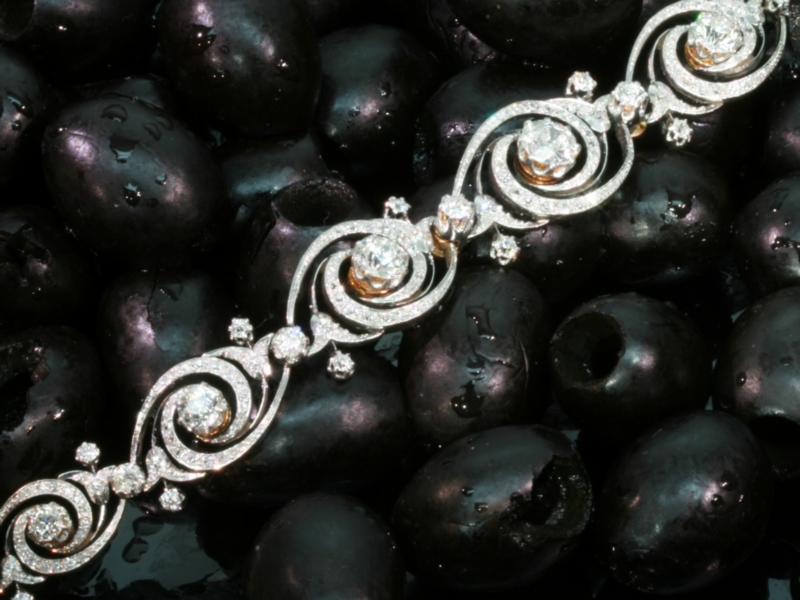 (Click the picture to read much more about this magnificent piece.) |
The Belle Époque (French for "Beautiful Era") was a period in European social history that began during the late 19th century and lasted until World War I. Occurring during the time of the French Third Republic and the German Empire, the "Belle Époque" was named in retrospect, when it began to be considered a "golden age" the major powers of Europe, new technologies improved lives and the commercial arts adapted Renaissance and eighteenth-century styles to modern forms. This epoch overlaps the end of what is called the Victorian Era there and the period named the Edwardian Era.
Anybody out there
who doesn't want to have
the heavenly Garden of Adin Blues?
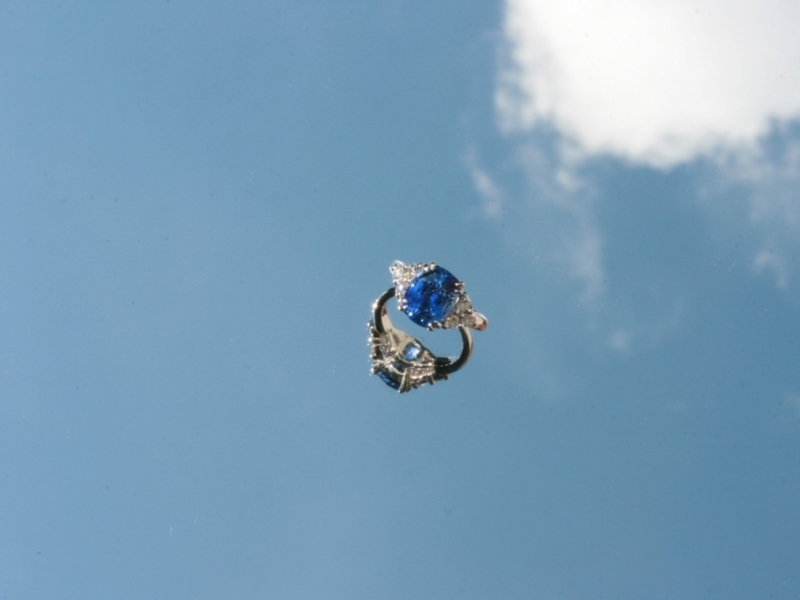 |
French antique Object d'Art circa 1860
- Inspired by Aesops fable The Stork and the Fox -
Every now and then we run into a piece that is the cherry on our antique jewelry cake. Such is the case with this ring. So much to see, the story behind it, so much to find out about and the pleasure of holding something in your hands showing such high level of craftmanship.... one of the true pleasures in our trade.
We hope you will enjoy looking and learning about this ring as much as we did!
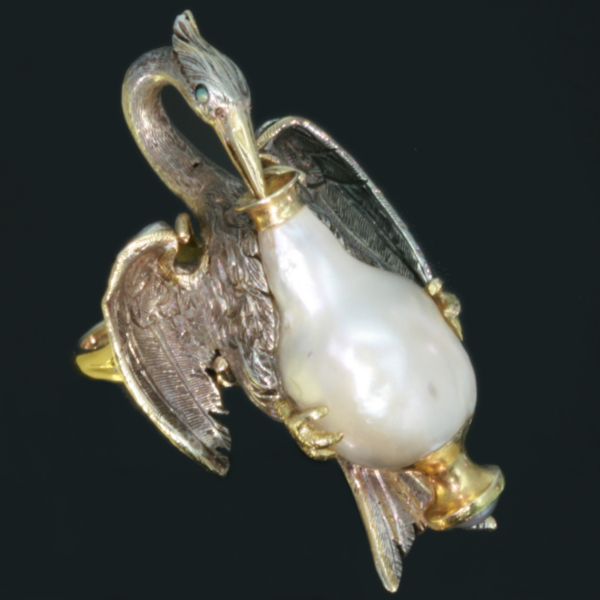 |
Aesop's fable: "The Stork and the Fox"
At one time the Fox and the Stork were on visiting terms and seemed very good friends. So the Fox invited the Stork to dinner,
and for a joke put nothing before her but some soup in a very shallow dish. This the Fox could easily lap up, but the Stork could only wet the end
of her long bill in it, and left the meal as hungry as when she began.
"I am sorry," said the Fox, "the soup is not to your liking."
"Pray do not apologize," said the Stork. "I hope you will return this visit, and come and dine with me soon."
So a day was appointed when the Fox should visit the Stork; but when they were seated at table all that was for their dinner was contained in a
very long-necked jar with a narrow mouth, in which the Fox could not insert his snout, so all he could manage to do was to lick the outside of the
jar.
"I will not apologize for the dinner," said the Stork:
"One bad turn deserves another."
Micro Mosaic brooch by Castellani
Master Jewellers of the 19th Century
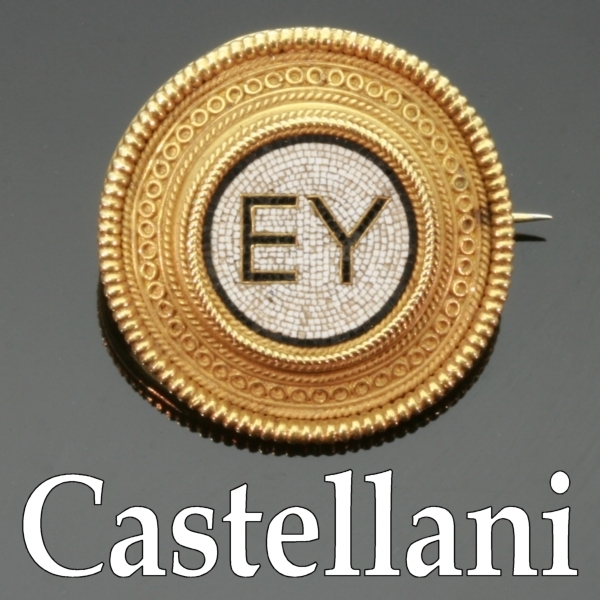 |
Castellani - Castellani's first shop was opened in Rome in the year 1814. Specializing in recreating jewelry of ancient craftsmen, particularly the Etruscans, his work became fashionable and much wanted in 19th Century Europe and America. The Castellani shop had the aristocracy and the so-called grand tourists as customers.
Many of the designs of Castellani's jewelry is based on archaeological evidence and often incorporated cameos, intaglios and micromosaics (like the one pictured) into his jewelry. The Castellani dynasty spanned three generations and nowadays Castellani is one of the big names in antique jewelry that is most sought for and very rare to find.
Although not obvious on first sight, these are not Latin but Greek letters. The letters EY stand for "good health" but one could also say it's the abbreviation for "Eternally Yours".
New rose species discovered
in The Garden of Adin !
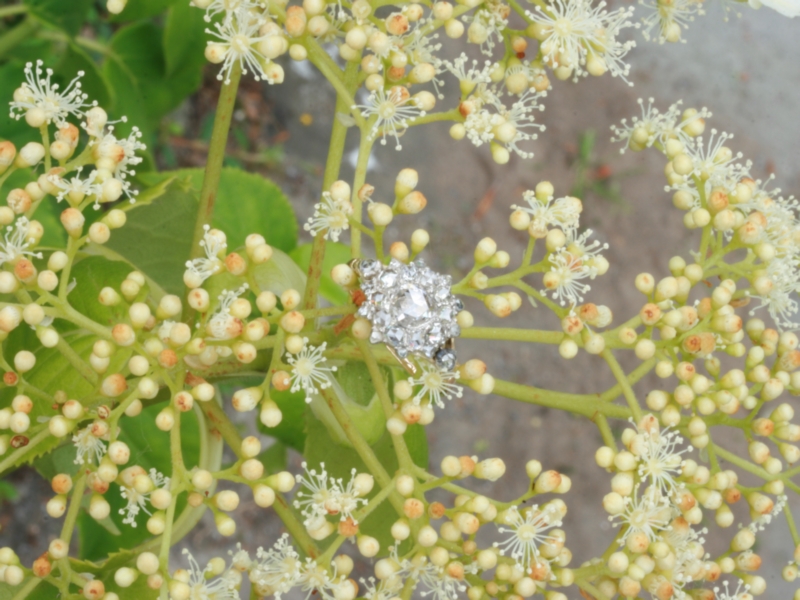 |
Antwerp, Belgium - For years, it has been rumoured that the Garden of Adin might shelter some interesting flora. This hearsay panned out last month, when an interesting flower was discovered. The mystery plant was taken to Mr. Elkan Wijnberg, chief botanist of The Garden of Adin's Academy of Sciences.
To all surprise, the shrub turned out to be a new rose species of Rosa Antigua, a genus in the rose cut family. Detailed examination of the rose, as well as the discovery of more wild populations in The Garden of Adin this month, confirmed that it was indeed a distinct new species of Rosa Antigua, Wijnberg says.
To celebrate the finding of these new rose species an intense-sparkle exhibition has been opened.
Hide and Seek
in The Garden Of Adin
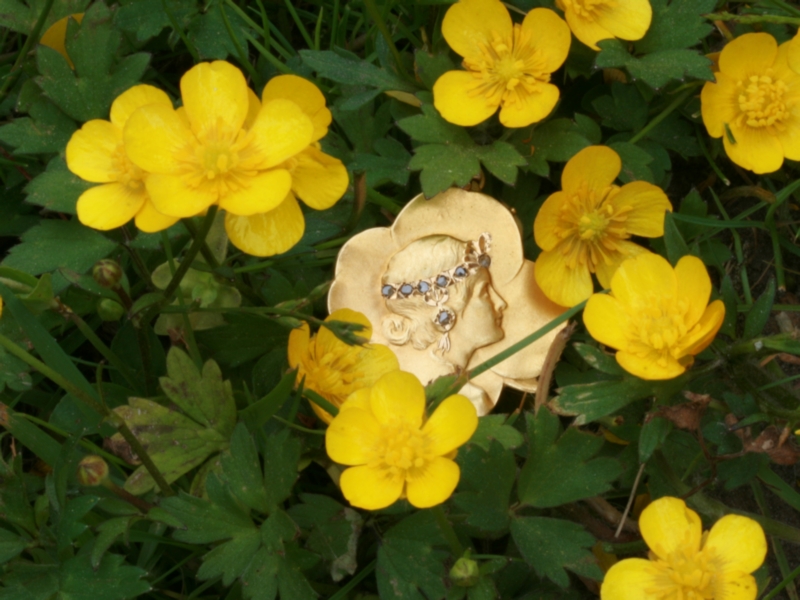 |
Adin, a wealth of jewelry and information
Art Nouveau (French for New Style) is an international movement and style of art, architecture and applied art - especially the decorative arts - that peaked in popularity at the turn of the 20th century (1890–1905).
The name "Art Nouveau" is French for "new art". It is also known as Jugendstil, German for "youth style", named after the magazine Jugend, which promoted it, and in Italy, Stile Liberty from the department store in London, Liberty & Co., which popularised the style, and in Holland as “Sla-olie-stijl”, Dutch for “salad oil style” after a advertisement poster for this product that was made in that style.
A reaction to academic art of the 19th century, it is characterized by organic, especially floral and other plant-inspired motifs, as well as highly stylized, flowing curvilinear forms. Art Nouveau is an approach to design according to which artists should work on everything from architecture to furniture, making art part of everyday life. Although Art Nouveau fell out of favour with the arrival of 20th-century modernist styles, it is seen today as an important bridge between the historicism of Neoclassicism and modernism.
Adin's Vintage Candy Store presents:
More sweet Retro eye candy!
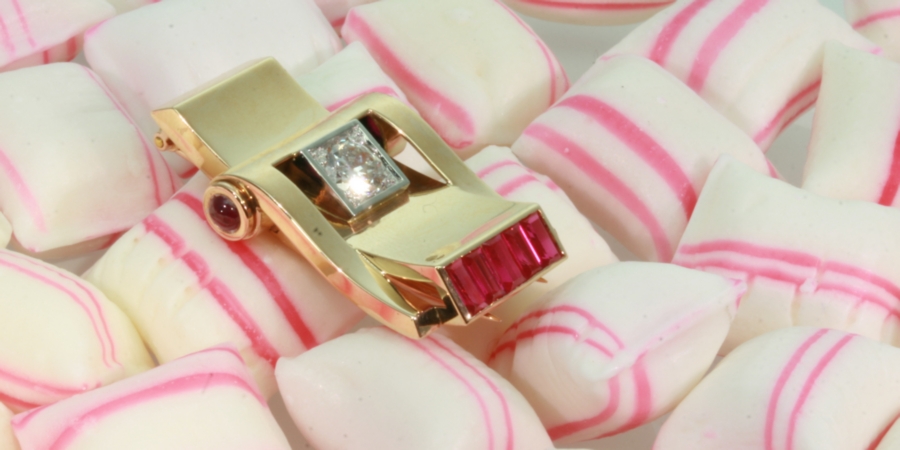 |
Adin's Vintage Candy Store presents:
Sweet liquorish from the fifties!
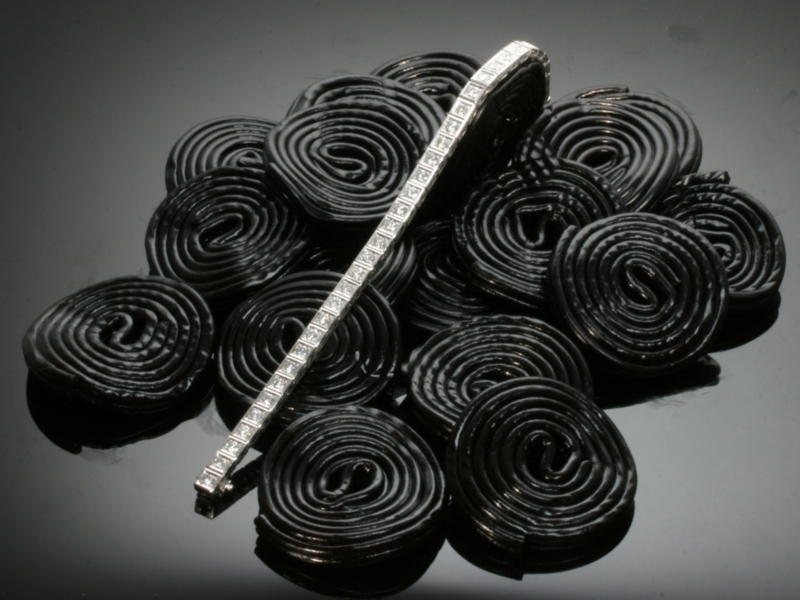 |
Mother's day 2012
Go for the bare necessities!
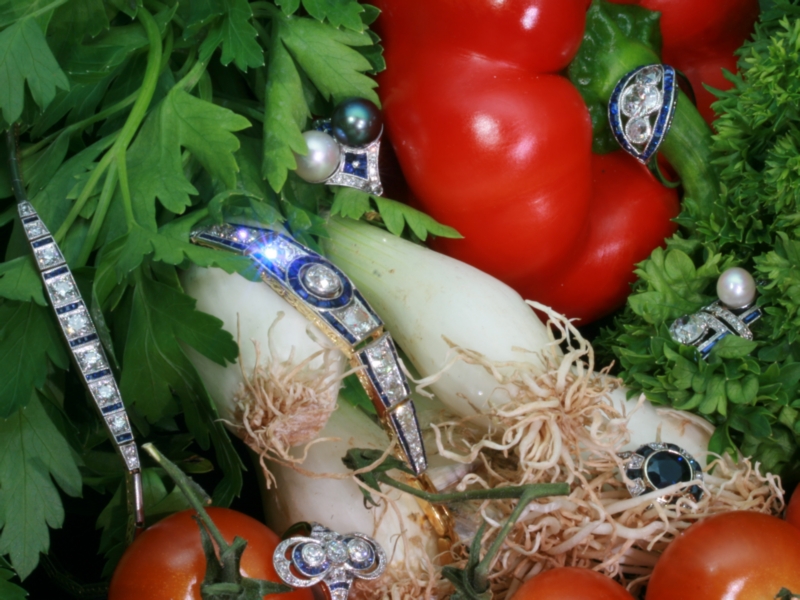 |
Romantic Victorian Jewelry
in The Garden of Adin
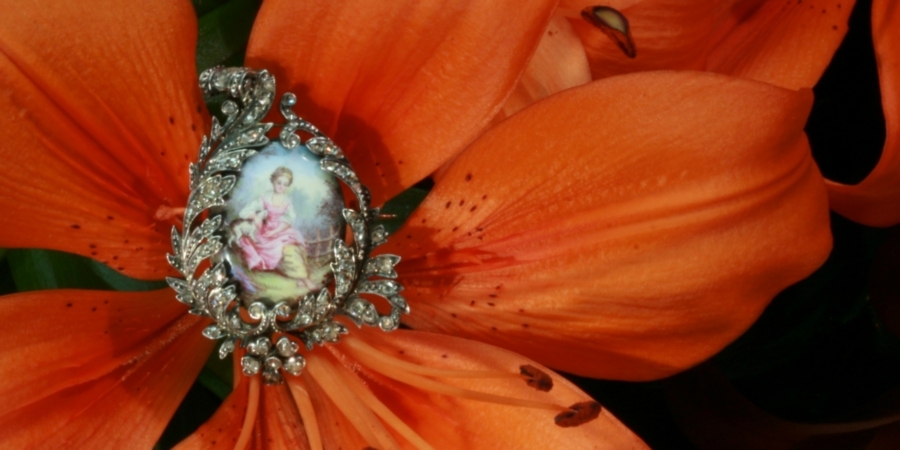 |
Adin, a wealth of jewelry and information
Originally the term "Victorian jewelry" was designated for articles of jewelry made in the United Kingdom during the reign of Queen Victoria, but not all of the many varieties produced during her long reign, 1837-1901, are now generally classified as Victorian jewelry. These days in the international antique jewelry trade the pieces now called Victorian jewelry are not necessarily made in the United Kingdom. The term "Victorian Jewelry" became a term used for European jewelry made in the 19th century rather then the description of a certain style-movement in a specific country.
Symbolic Love jewelry
in The Garden of Adin
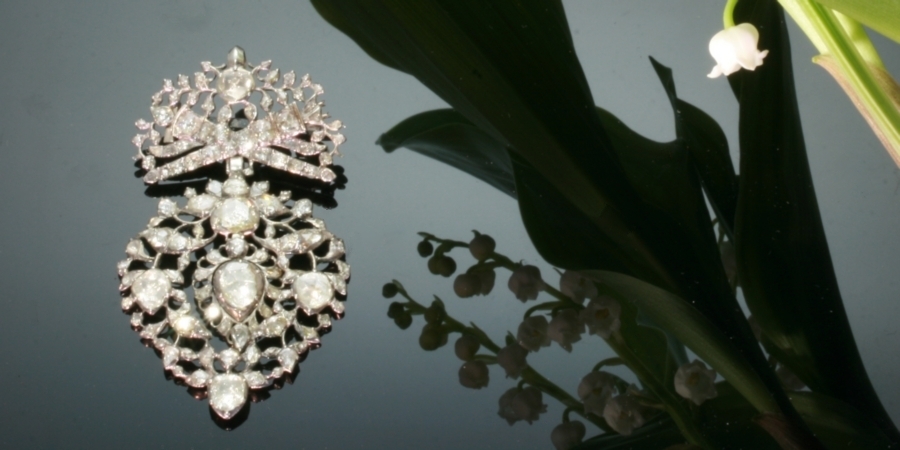 |
Adin, a wealth of jewelry and information
One of the most peculiar and wide spread Flemish pieces of regional jewelry is a diamond heart pendant, the so-called "Vlaams hart" (Dutch for “Flemish heart"). These hearts were fashionable in the 19th century and mostly made in gold backed silver (see also the silver on gold technique). A Flemish heart is a heart shaped field set with rose cut diamonds and/or senelles hanging under a crowning.
There are two sorts of crownings possible:
1) The crowing is a crown and then it is build up from horizontal, diamond embellished, tendrils that are resting on a smooth surfaced ajour cut band with flattened little rhombic bars. The tendrils from the top incline slightly
over this ajour cut band towards the actual cross emphasizing the unity of the jewel.
2) The crowing as love trophy. A collection of four elements, a torch and quiver that are crossing each other, a bow that is horizontal mingled with them and all held together by a laurel. The slightly upwards direction of both ends of the bow refers to the St. Andrew's cross. Torch, quiver and bow are typical attributes to Amor (Eros) and the laurel refers to the triumph of love. This combination was already in use with the old Greek and Romans and later of course in the Renaissance and had a enormous success in France in the Louis XVI period (1774-1793).
It's a new dawn, it's a new day
and I'm feeling good....
in The Garden of Adin
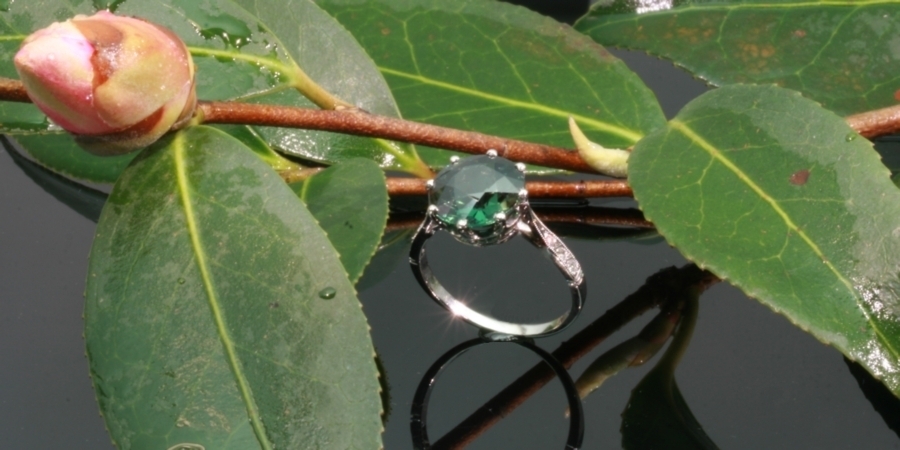 |
Adin, a wealth of jewelry and information
The first lab-produced gem stones were already made in the 19th Century ! Auguste Victor Louis Verneuil was a French chemist (1856-1913). He invented a type of blowpipe (chalumeau) with which he was the first to lab produce rubies. This process is also sometimes referred to as 'flame fusion'. His results were published in 1904. The apparatus is still used today (sometimes in banks of several hundred units) to make synthetic varieties of corundum and other synthetic gemstones.
Hide and Seek
in The Garden Of Adin
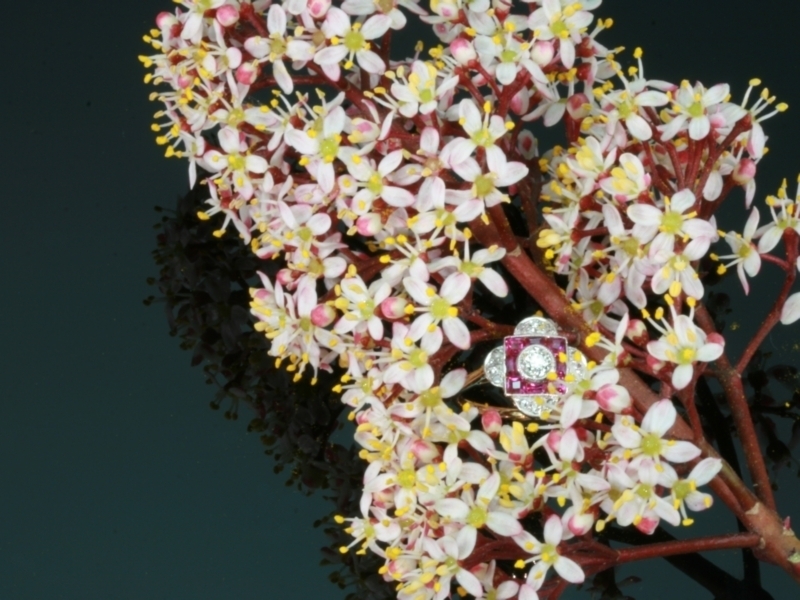 |
Adin, a wealth of jewelry and information
Art Deco is an eclectic artistic and design style which had its origins in Paris in the first decades of the 20th century. The style originated in the 1920s and continued to be employed until after World War II. The term "art deco" first saw wide use after an exhibition in 1966, referring to the 1925 Exposition Internationale des Arts Décoratifs et Industriels Modernes that was the culmination of high-end style moderne in Paris. Led by the best designers in the decorative arts such as fashion, and interior design, Art Deco affected all areas of design throughout the 1920s and 1930s, including architecture and industrial design, as well as the visual arts such as painting, the graphic arts and film. At the time, this style was seen as elegant, glamorous, functional and modern.
Citrine Sunrise Splendour
at The Garden Of Adin
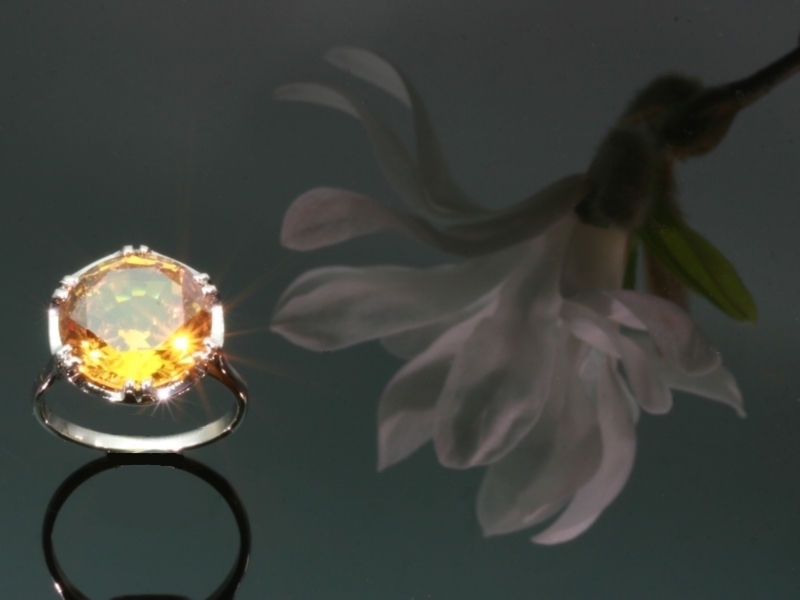 |
Petty pretty jewelry trivia
Quartz is the second-most-abundant mineral in the Earth's continental crust with many different varieties, one of them called Citrine. The color of Citrine ranges from a pale yellow to brown. Because natural citrines are extremely rare, most commercial citrines are heat-treated amethyst. The name Citrine is derived from Latin citrina which means "yellow" and the Irish word for quartz is "grian cloch", which means "stone of the sun".
Plum Blossoms and other beauties
in The Garden Of Adin
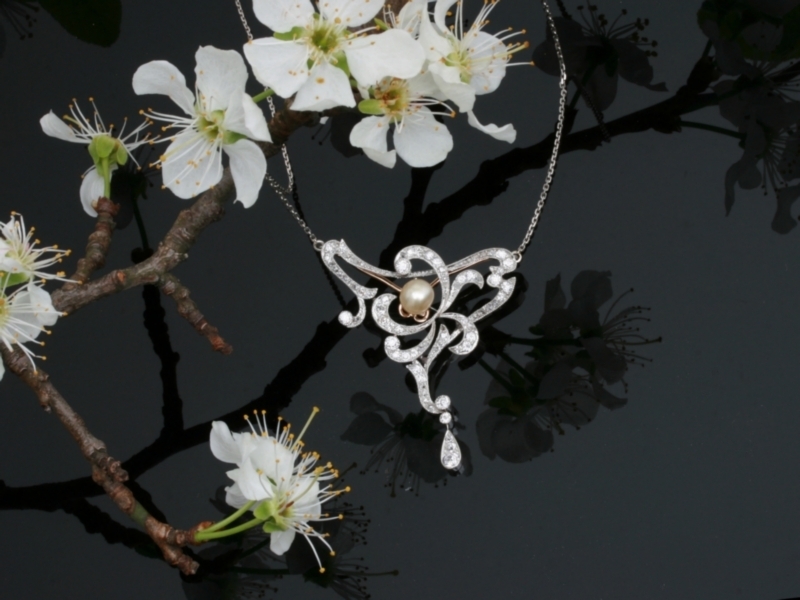 |
Plum Blossom Jewelry
When everything has faded they alone shine forth,
encroaching the charms of lesser styles...
Freely rendered from an old Chinese poem "Plum Blossoms".
(read also our explanation on Art Nouveau Jewellery)
The Adin's Antique Jewelry Candy Store Presents:
Eye candy for your sweet heart...
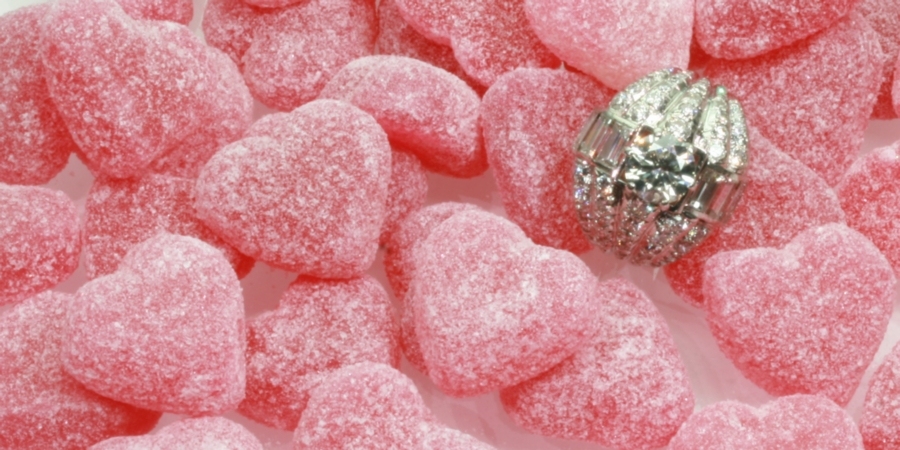 |
You read it here first! Antique Jewelry Candy Store giant Adin claims to be the first retailer to launch a new variety of antique jewelry eye candy in its stores today. We can imagine there will be a queue of enthusiasts for these sweet jewels. Adin's clinical researcher in the field of sweeteners used in the antique jewelry trade, Mr. Elkan Wijnberg, told us that they are being marketed as "for those with a sweet heart, tooth or eye".
The Adin's Antique Jewelry Candy Store Presents:
Upgraded jelly beans
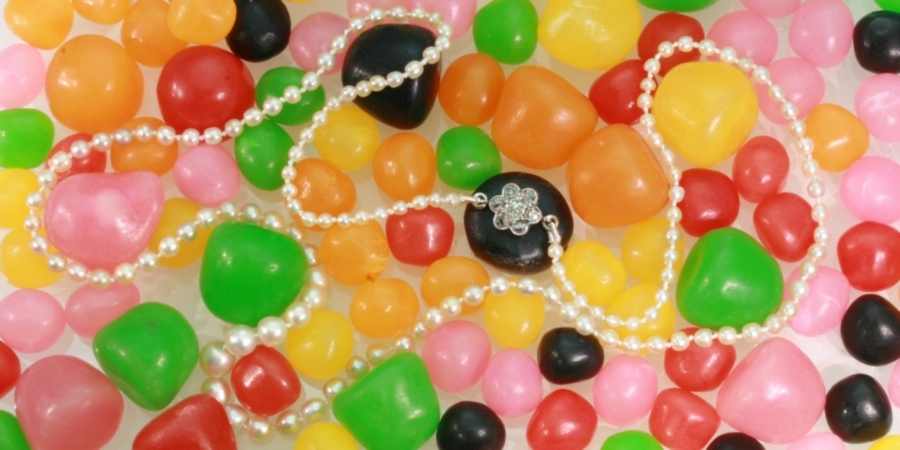 |
The difference between ladies and girls, is the price of their pearls...
The Adin's Antique Jewelry Candy Store Presents:
Adin's Original Sweet Retro Jewelry™
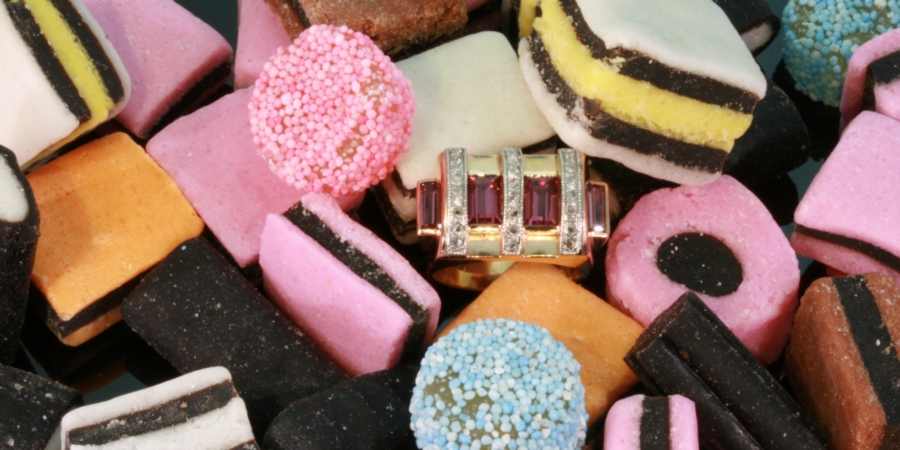 |
Welcome to Adin's Sweet Retro Jewelry Shop. Who doesn't remember Willy Wonka Whirly Pop Lollipops, Cola Cubes, Wham Bars, Popping Candy & Liquorice Roots? And when thinking about these retro sweets, why not continue thinking about other retro sweets like Adin's Original Sweet Retro Jewelry™?
Adin has a huge selection of original sweet antique jewelry, including a large collection of Original Sweet Retro Jewelry™. If you're looking for a special gift for someone, take a look at our Retro Sweets, they're guaranteed to be a hit for birthdays, anniversaries or as a gift, just out of love.
The Adin's Antique Jewelry Candy Store Presents:
Dental advise on Adin sweets.
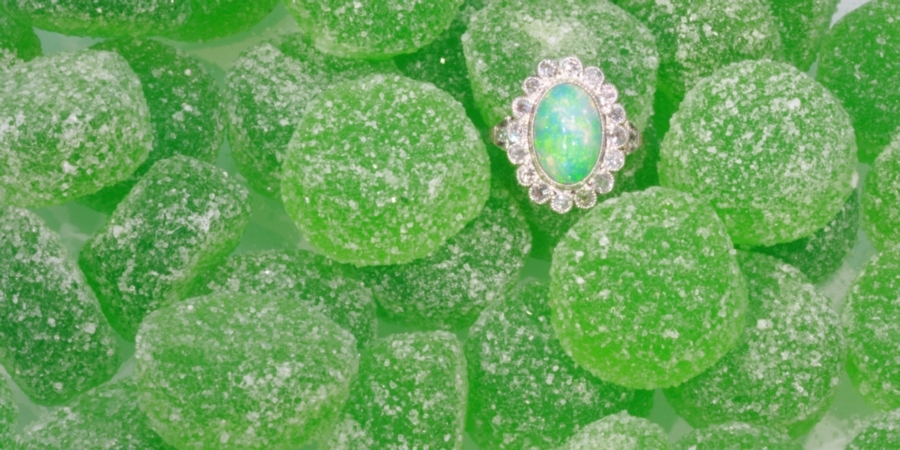 |
Generations of dentists have been advising their patients to not take sweets. Not surprisingly, such advice was rarely followed. Realistic advice is, therefore, to recommend toothfriendly alternatives - sweets that are safe for teeth, such as Adin's sweet antique jewelry. If you control the quantity, you can satisfy your sweet craving every day. "Everyone should allow themselves a daily treat because there is no reason why antique jewelry can't fit into a healthy diet" says Adin's nutrition expert, Mr. Elkan Wijnberg.
The Adin's Antique Jewelry Candy Store Presents:
Non Fattening Eye Candy
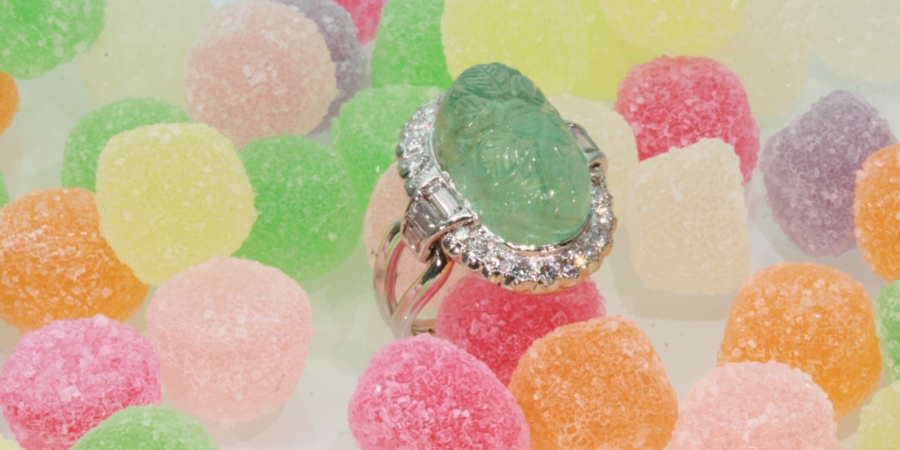 |
Does sweet make you fat? For years, popular diet books assured the masses that a low-fat diet was the key to weight loss. They were right…and wrong. "Our research shows that it's calorie density and not the sweetness that determines if people gain weight," says Elkan Wijnberg of the Adin Antique Jewelry Candy Store. For over 30 years, Adin offered people its non-calorie antique jewelry and still holds its claim that no one ever fattened from wearing its sweet antique jewelry.
I wandered lonely as a cloud
through the Garden of Adin
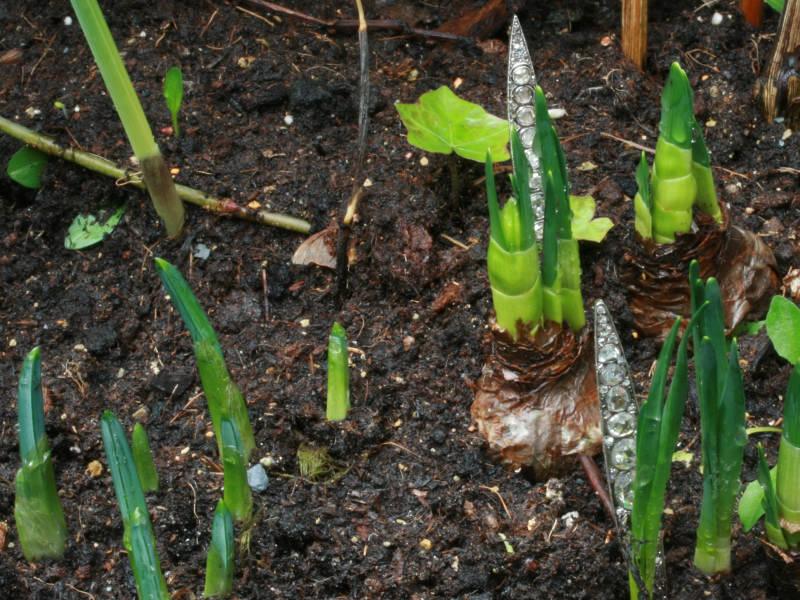 |
That floats on high Adin vales and hills,
When all at once I saw a crowd,
A host of diamond daffodils;
Beside the lake, beneath the trees,
Fluttering and dancing in the breeze.
(freely rendered)



